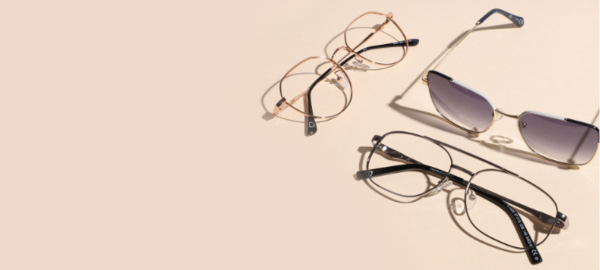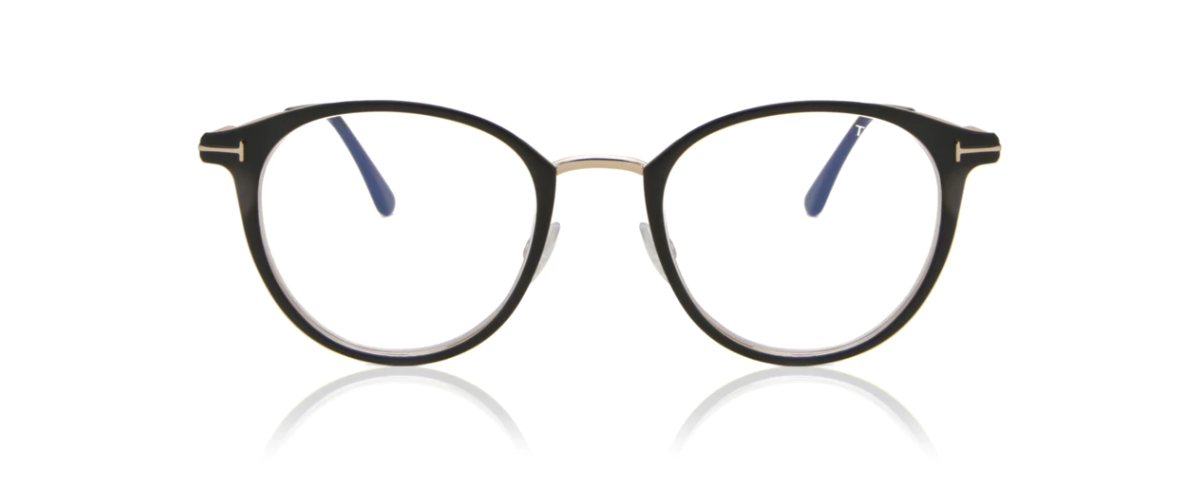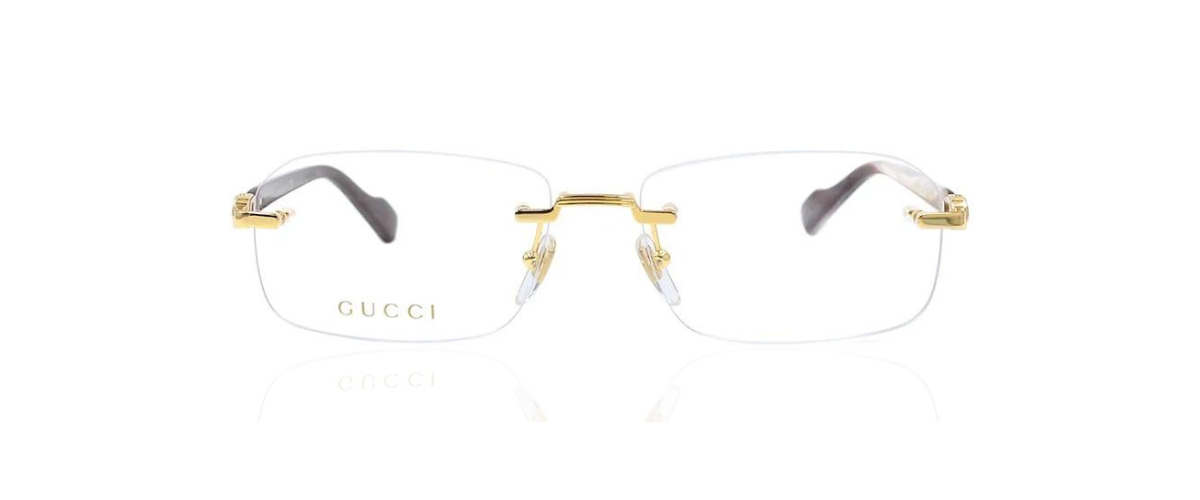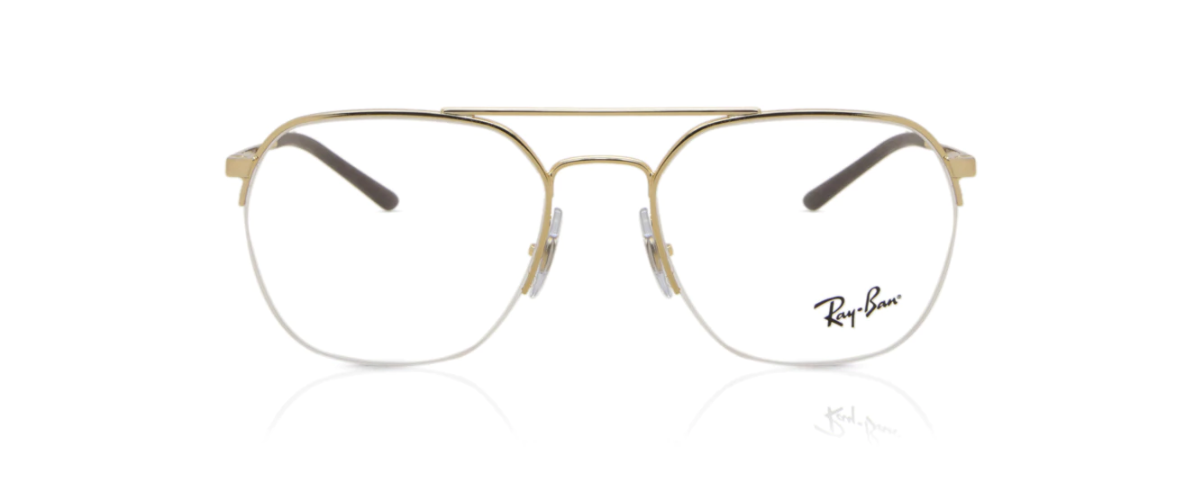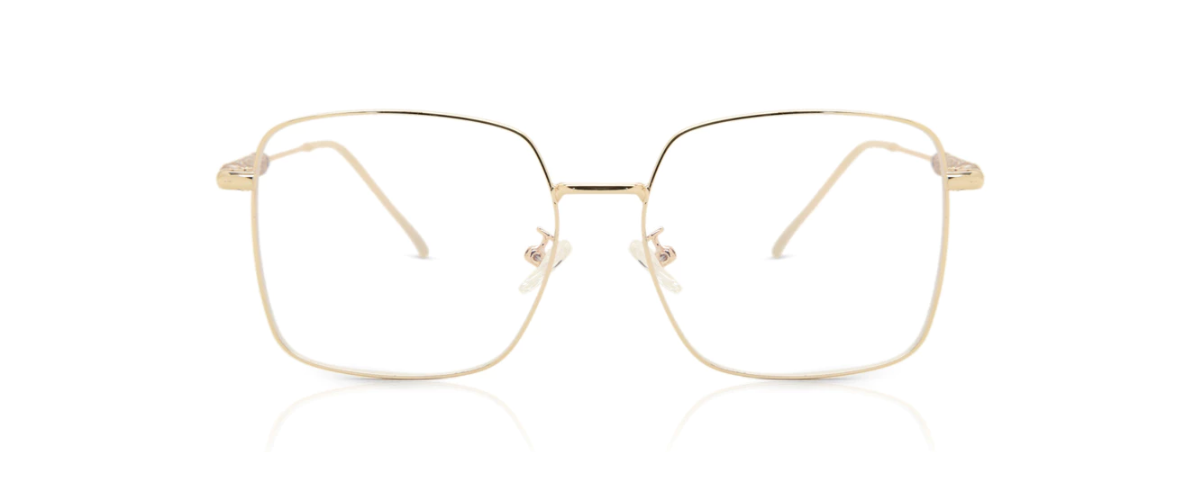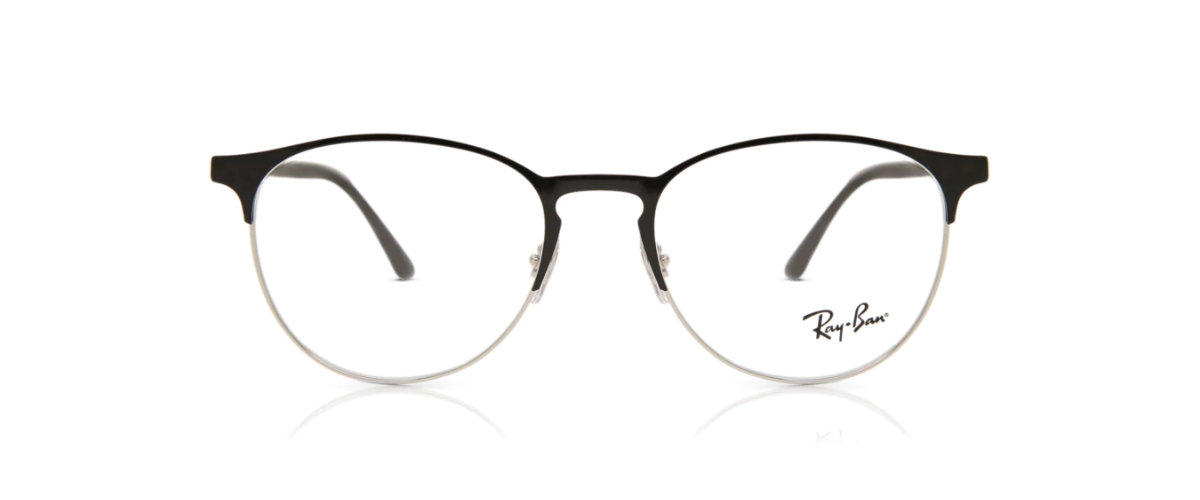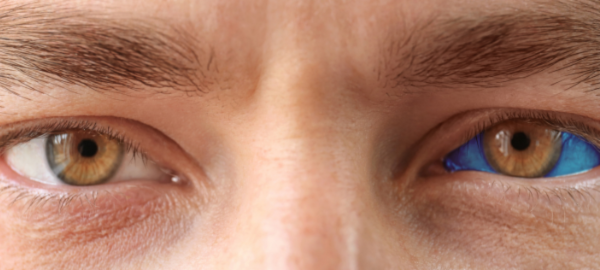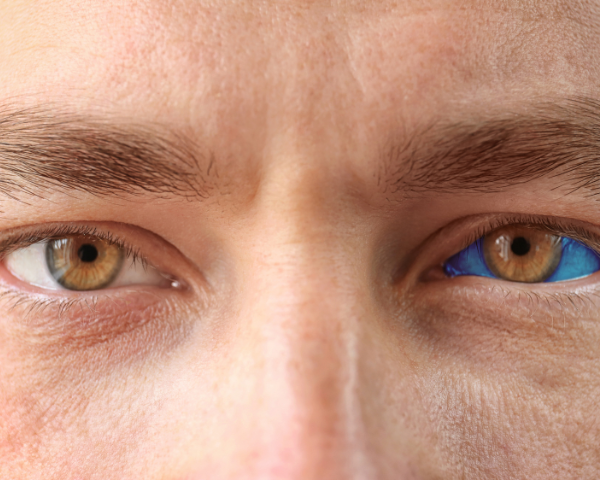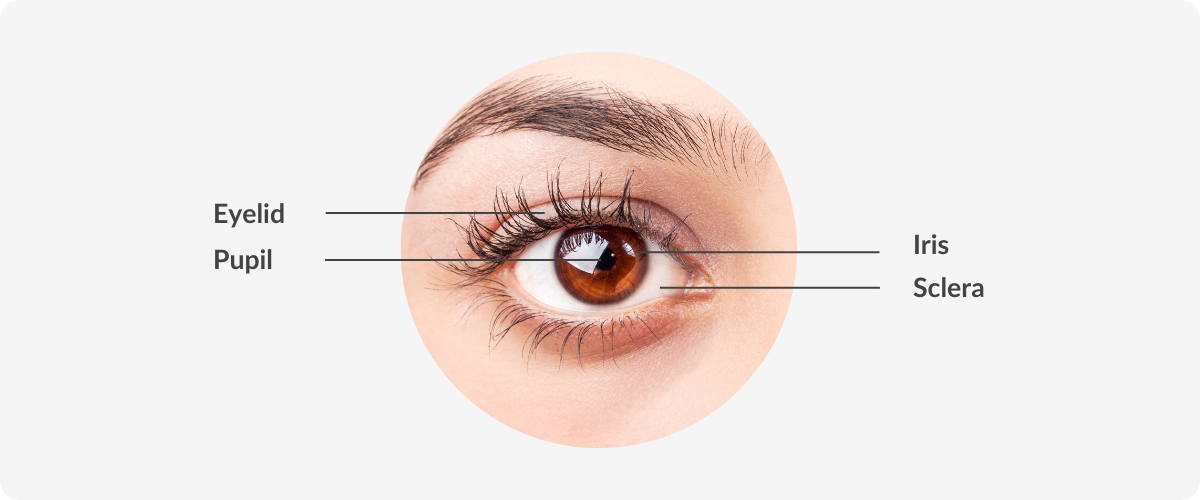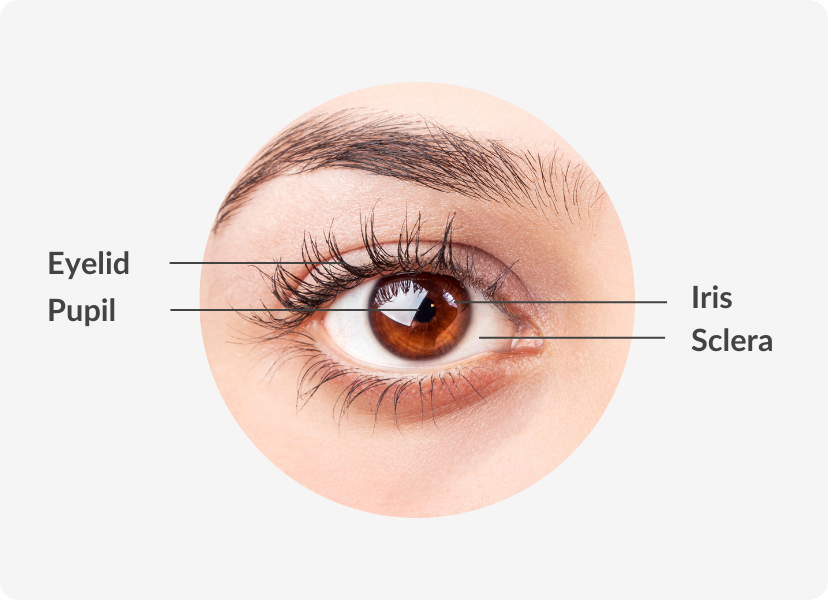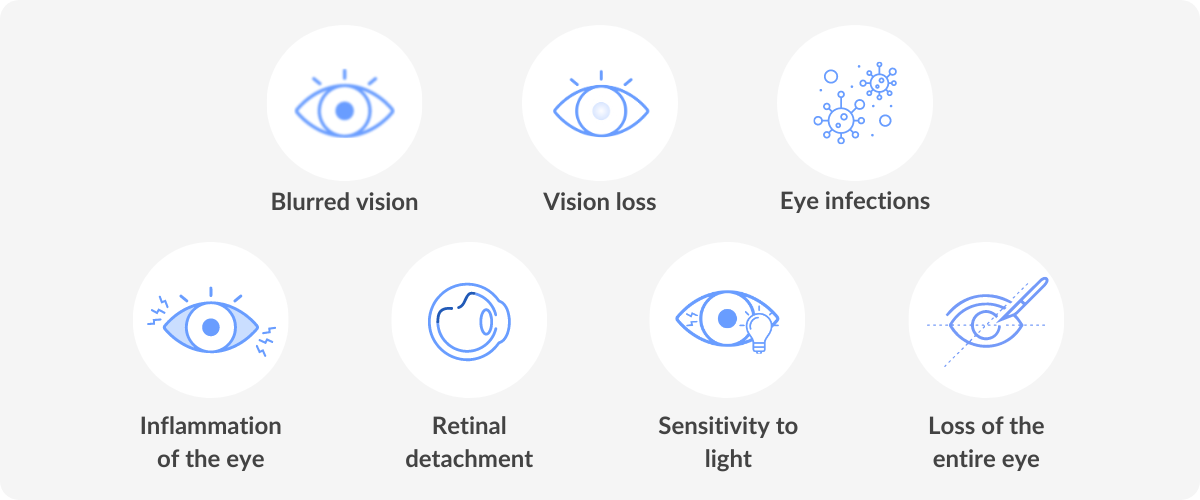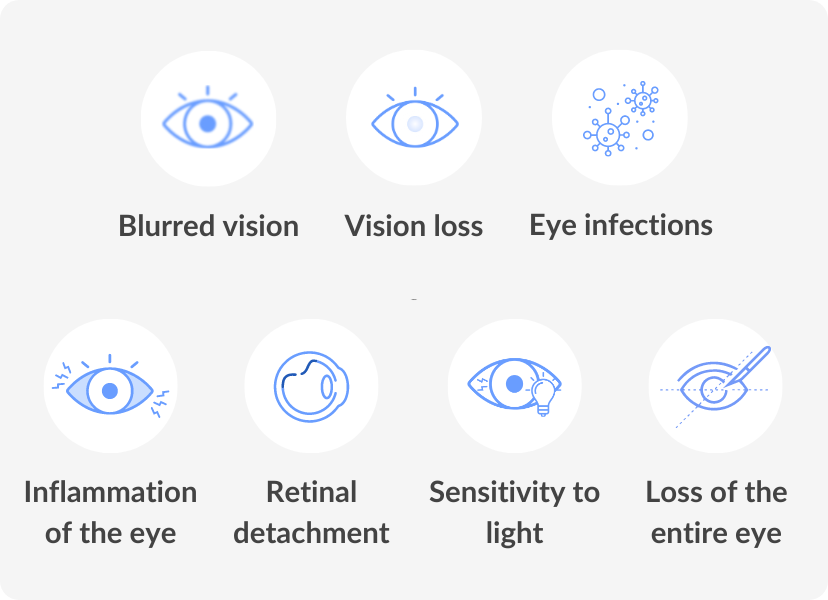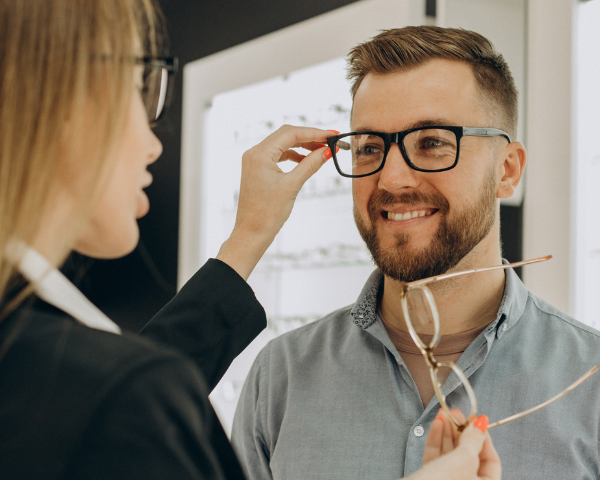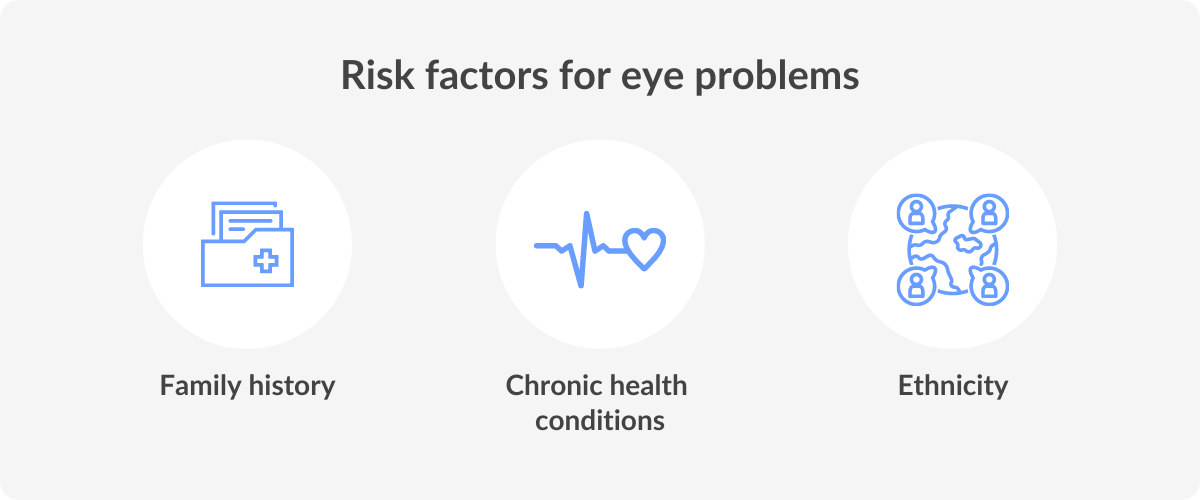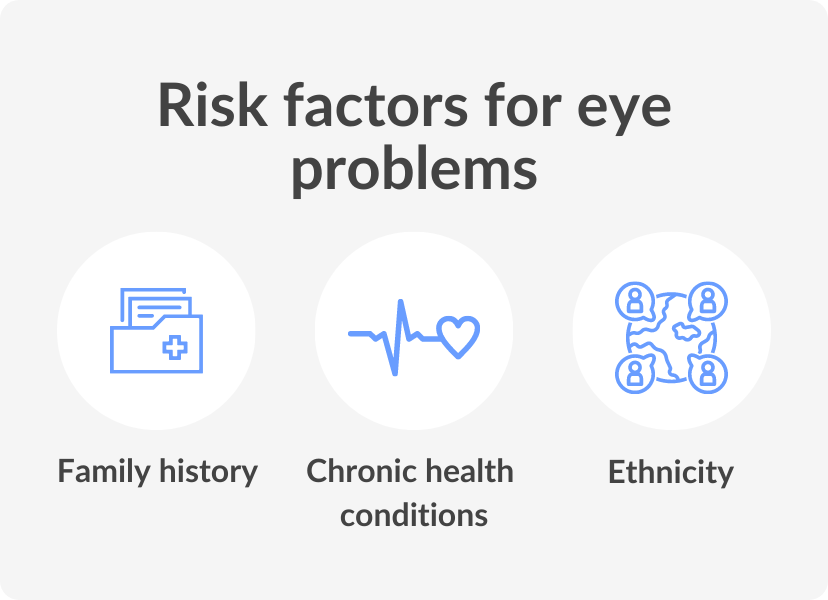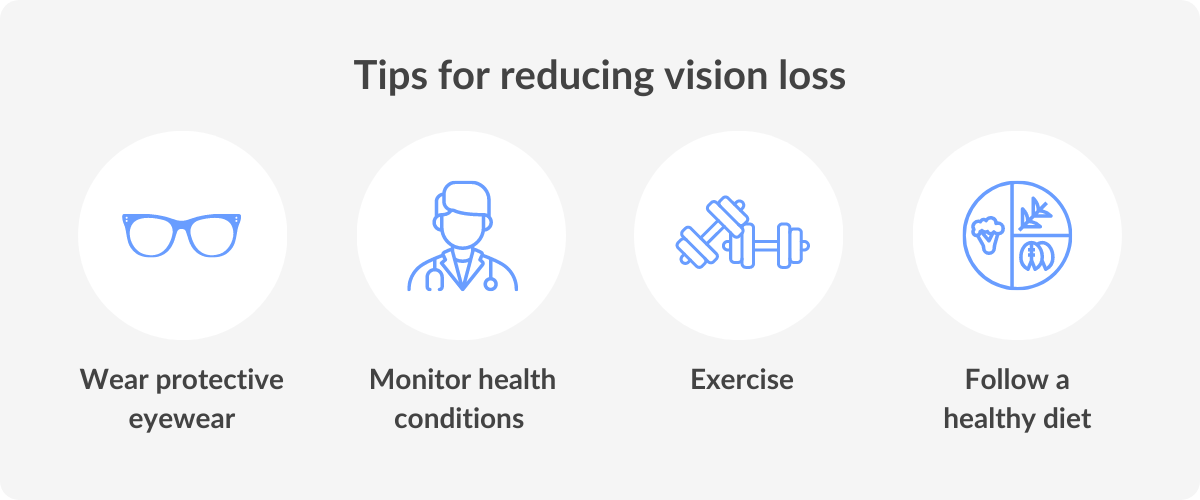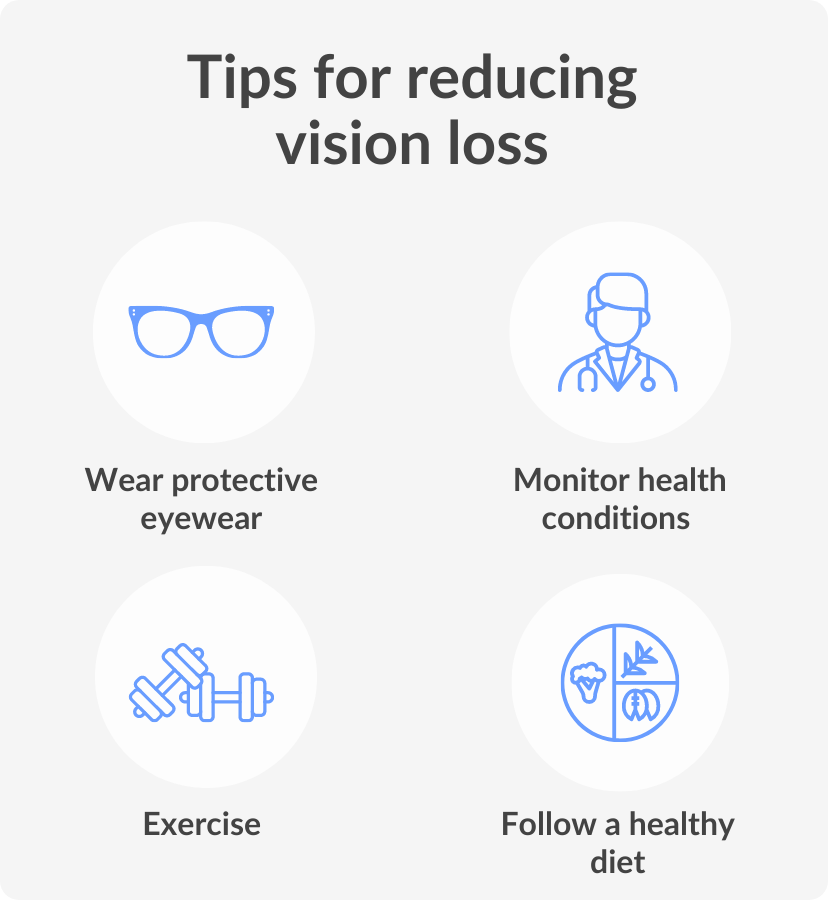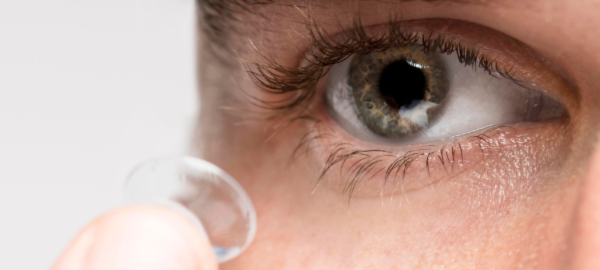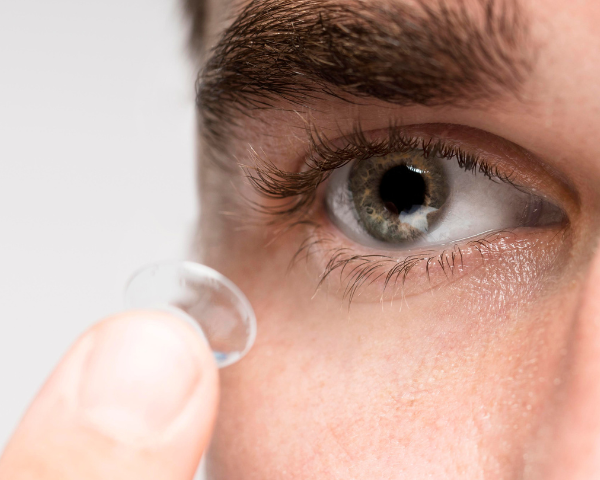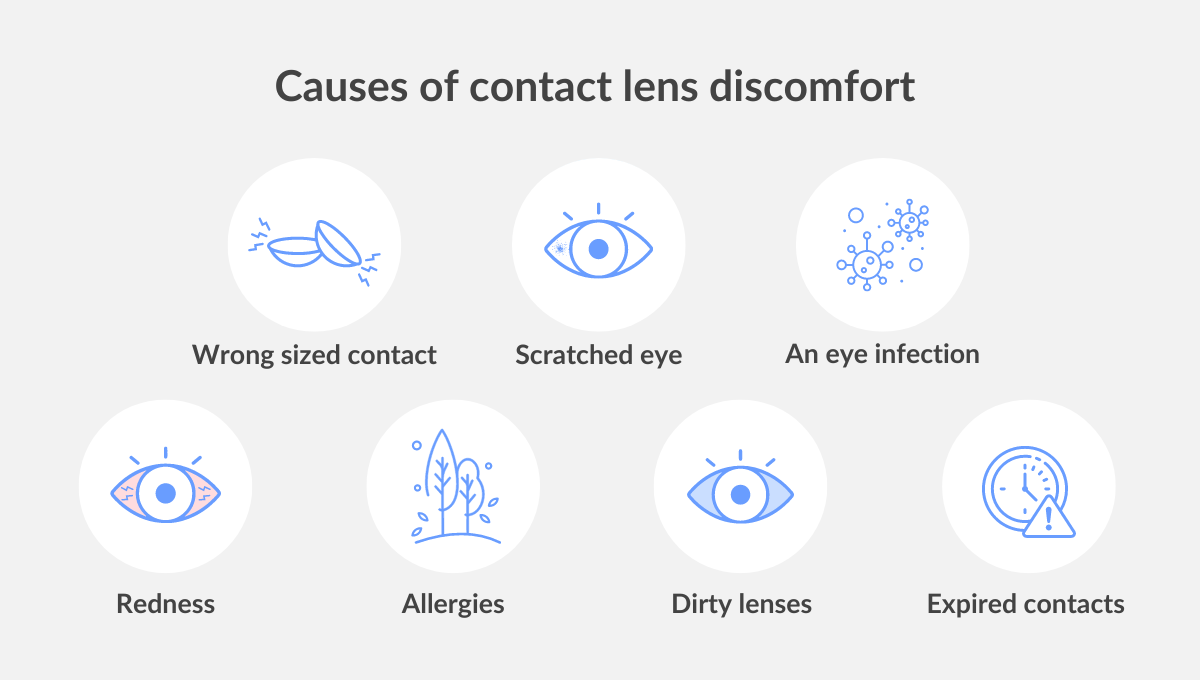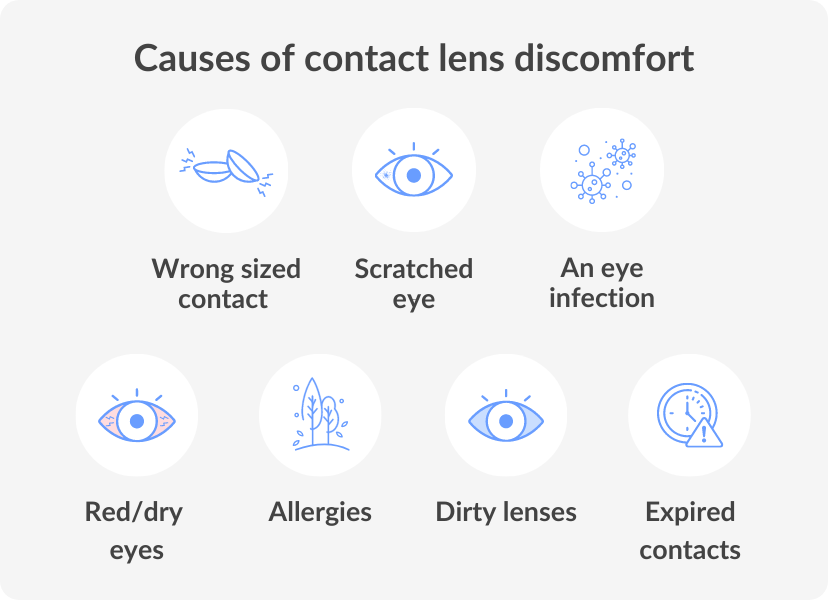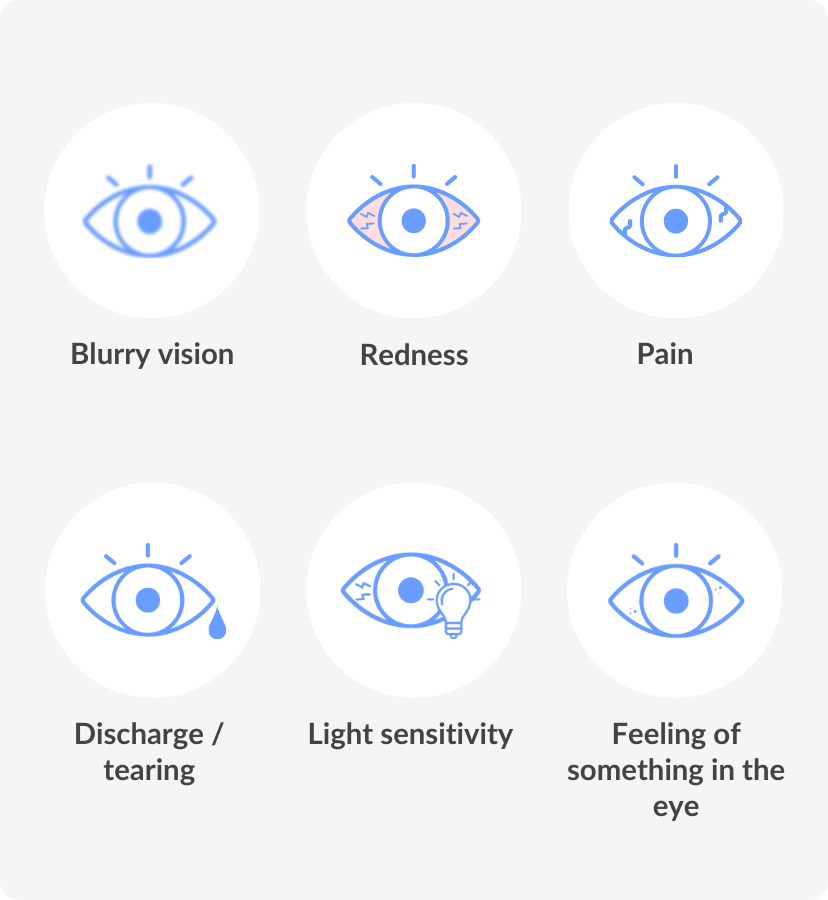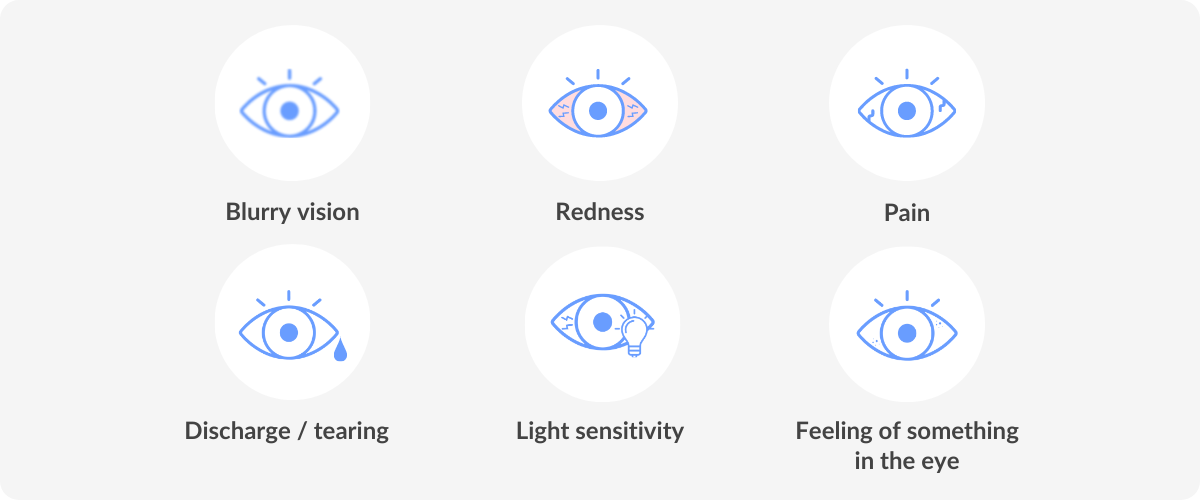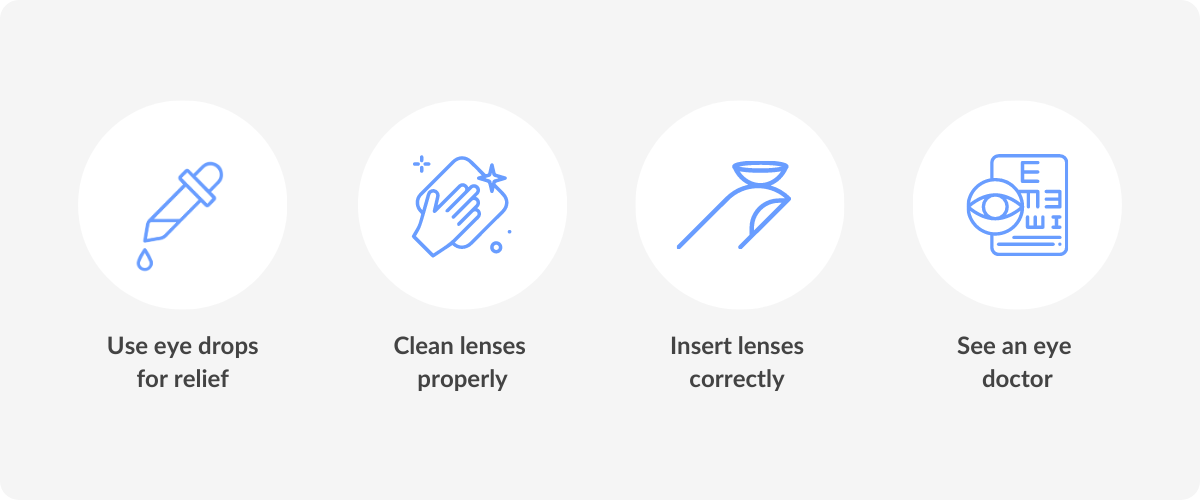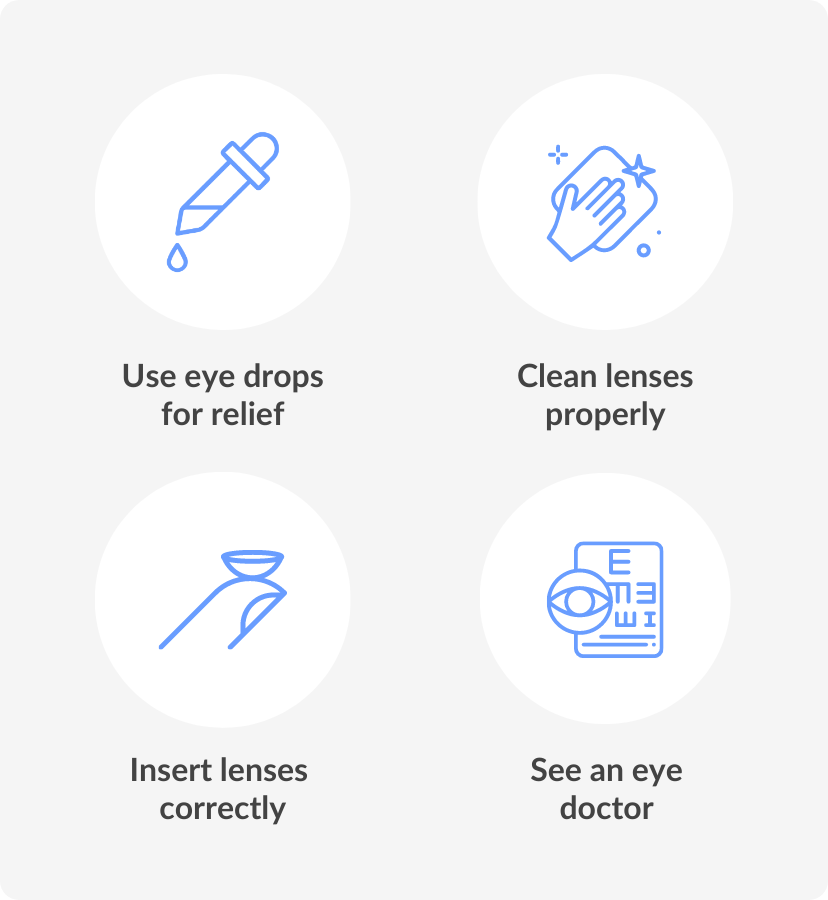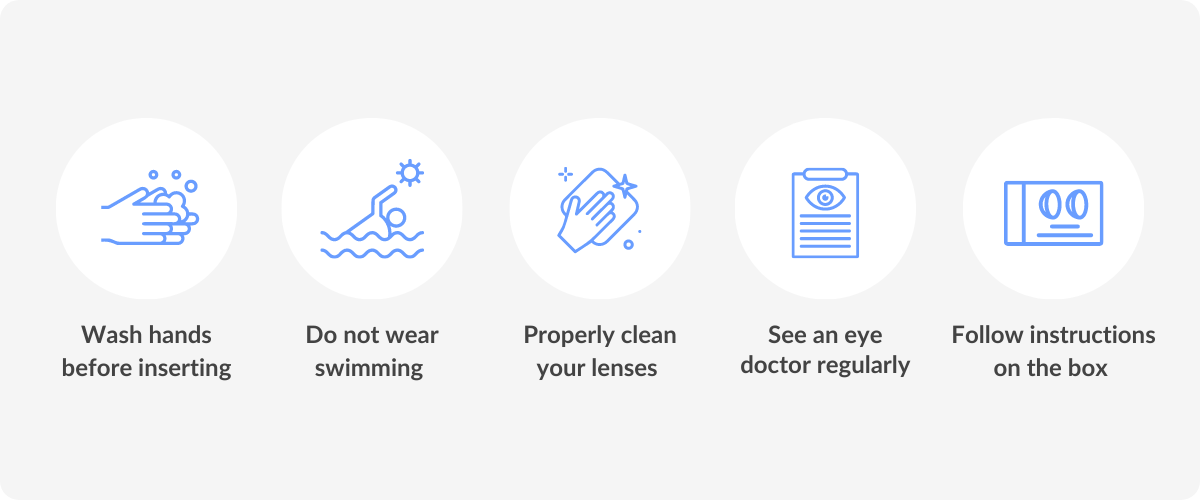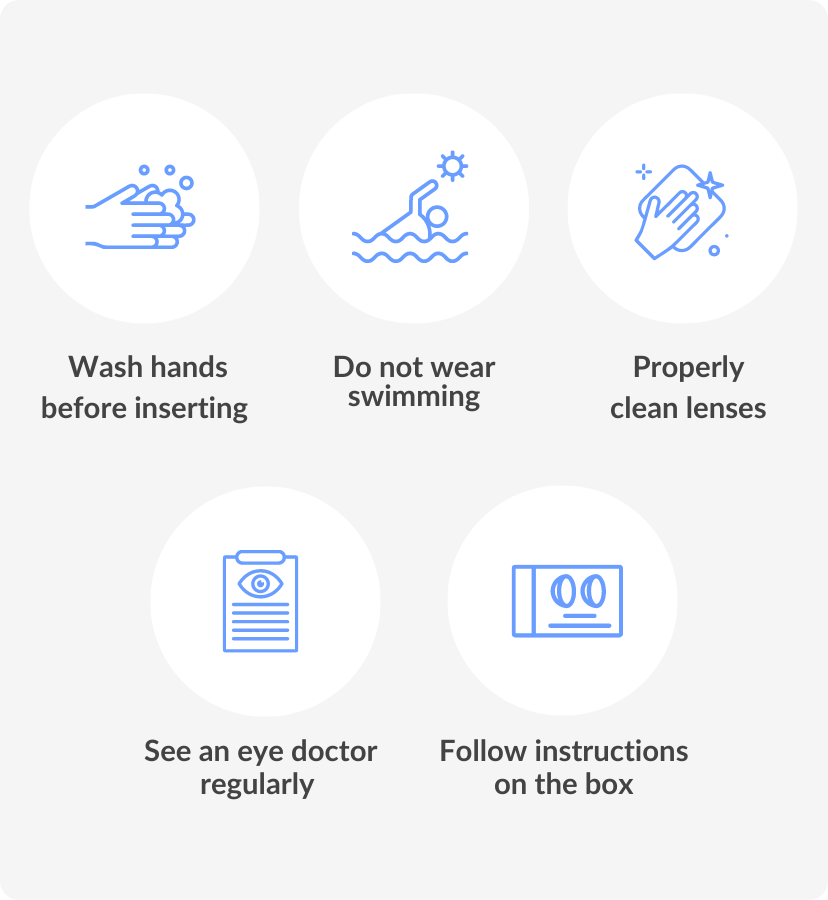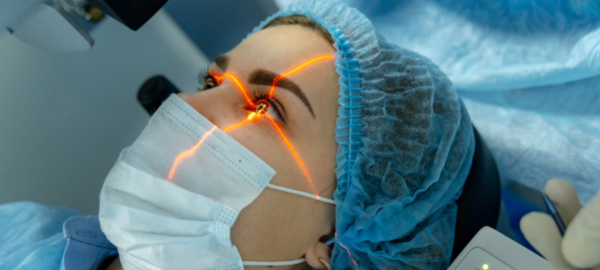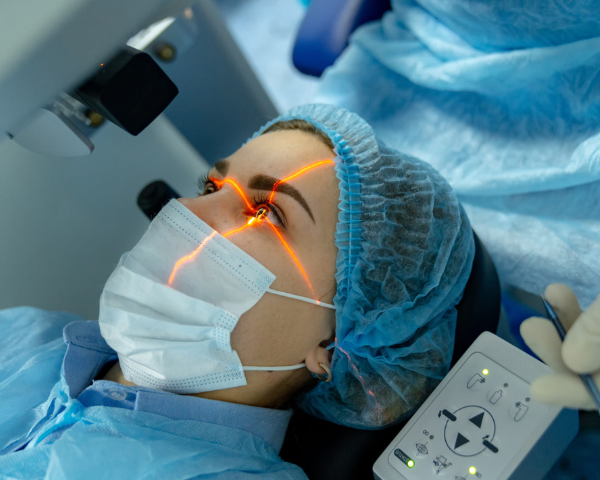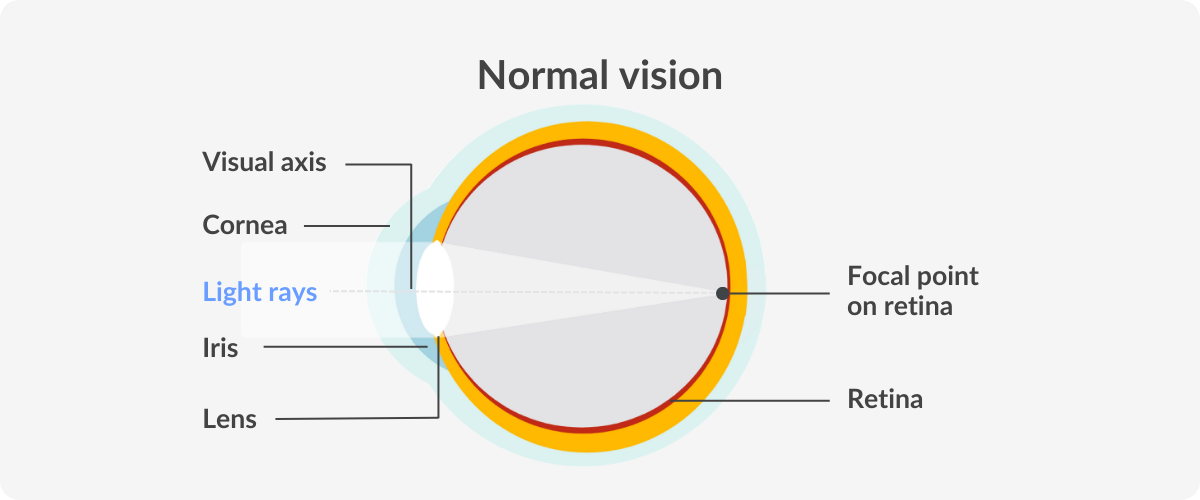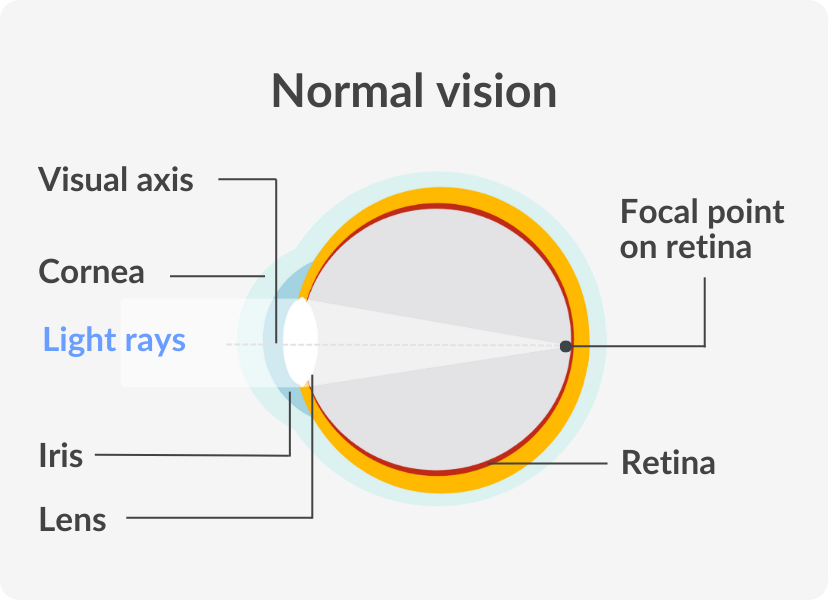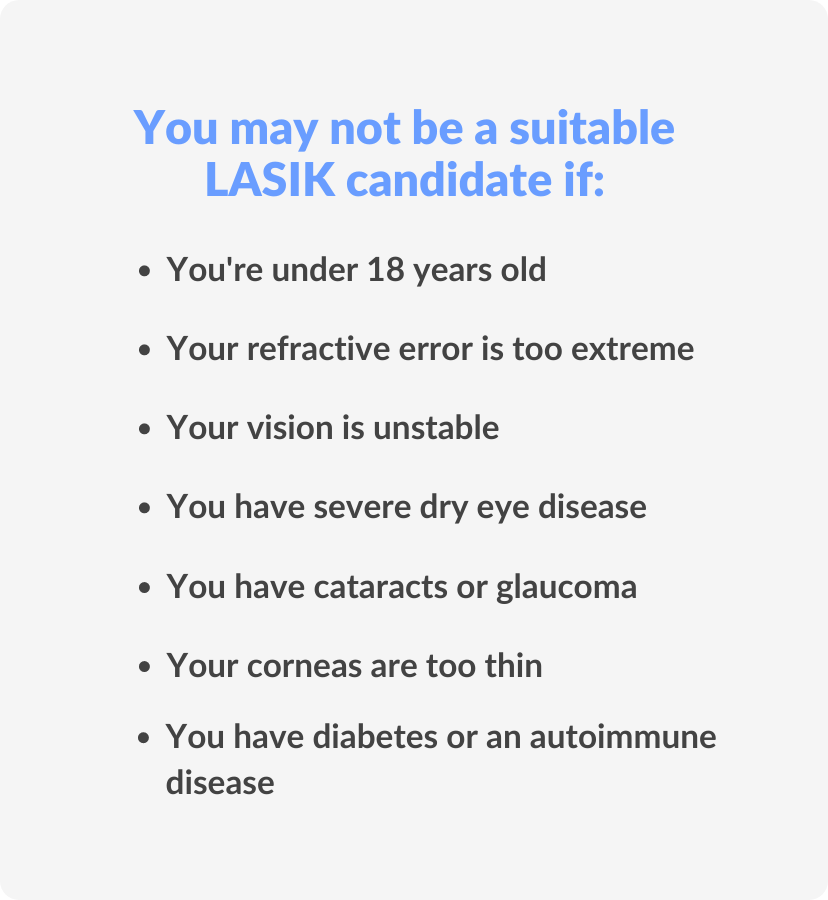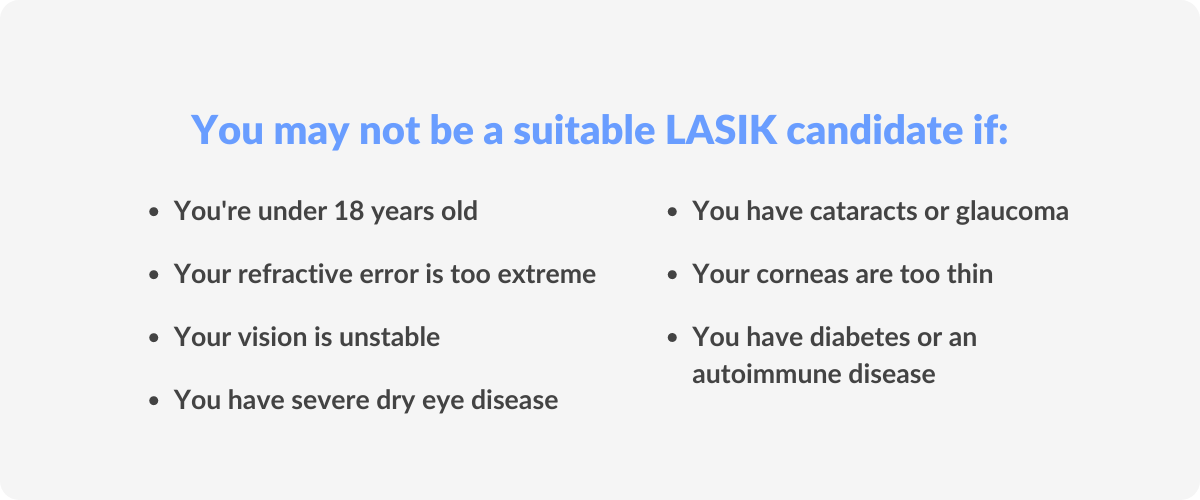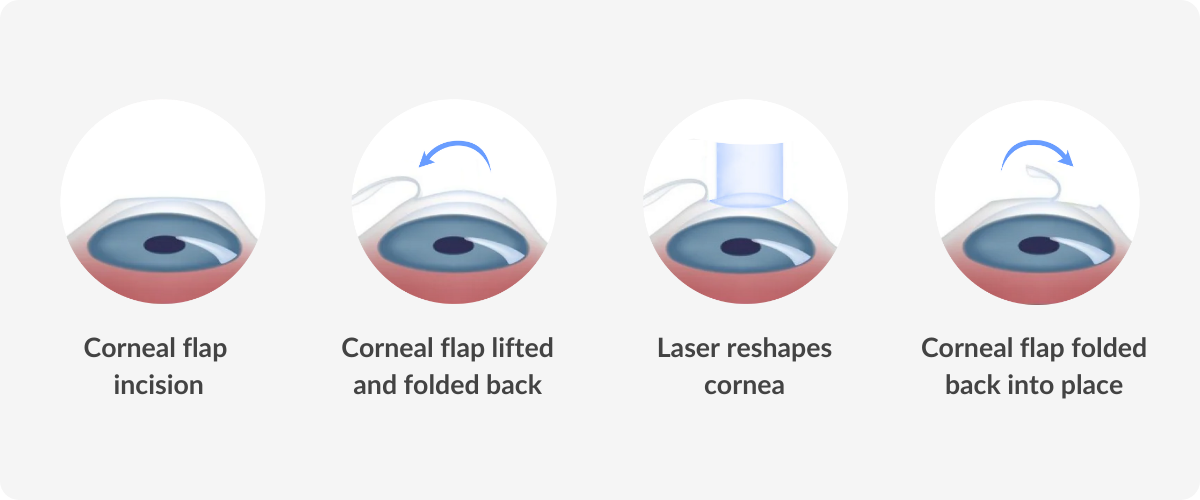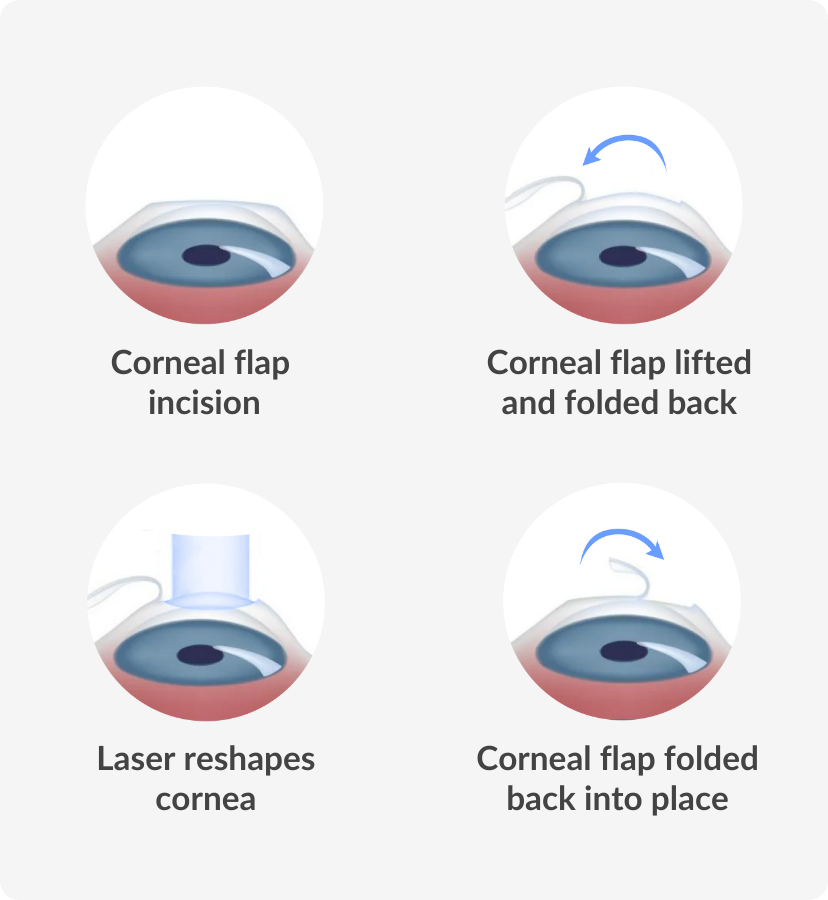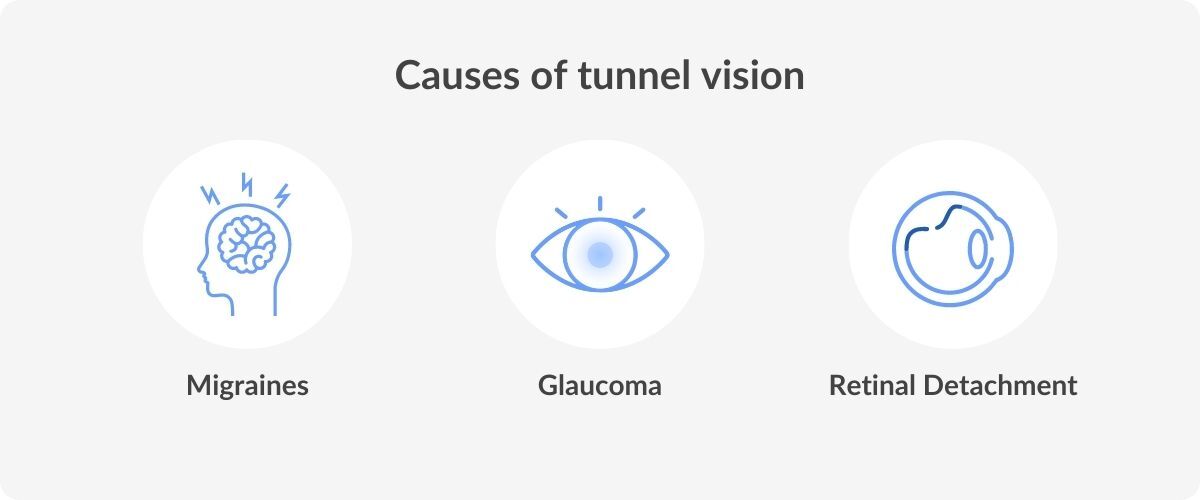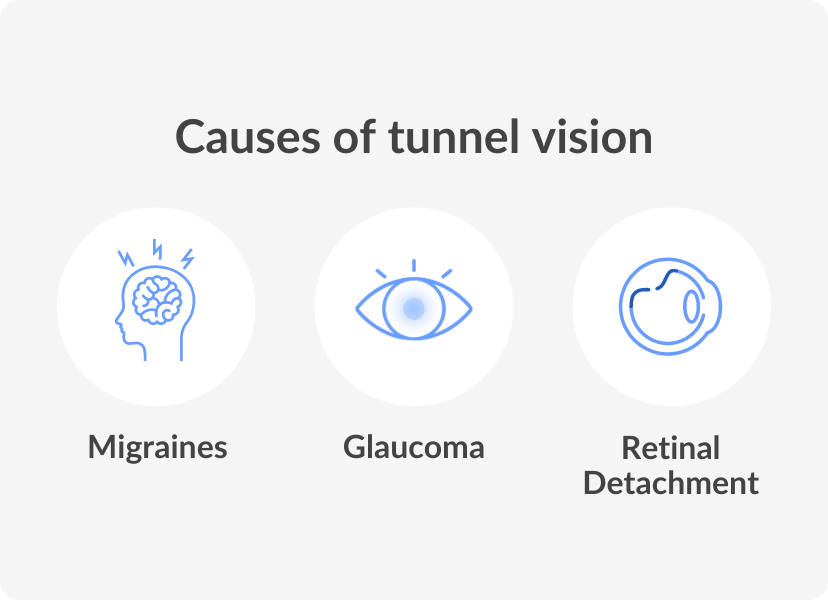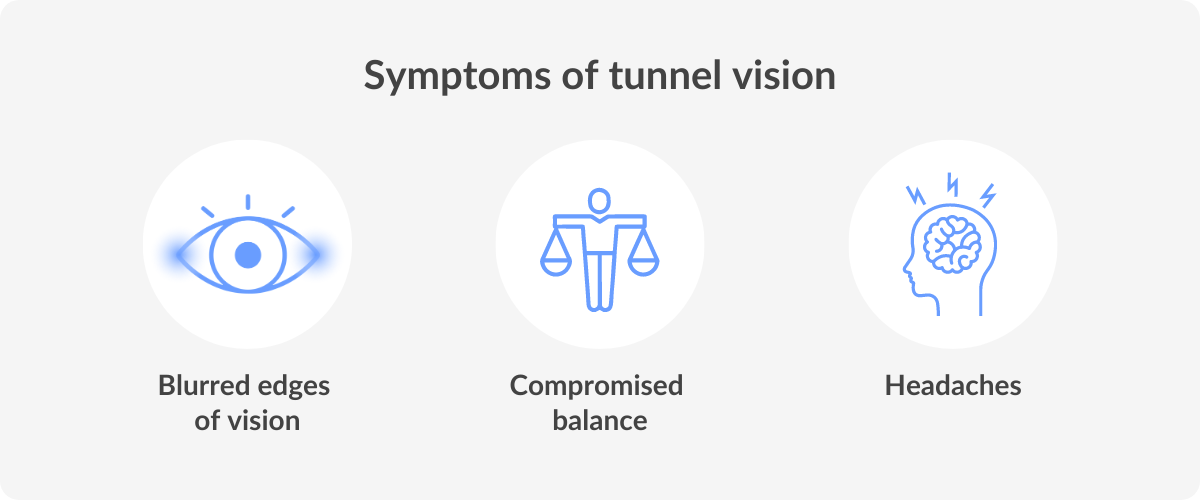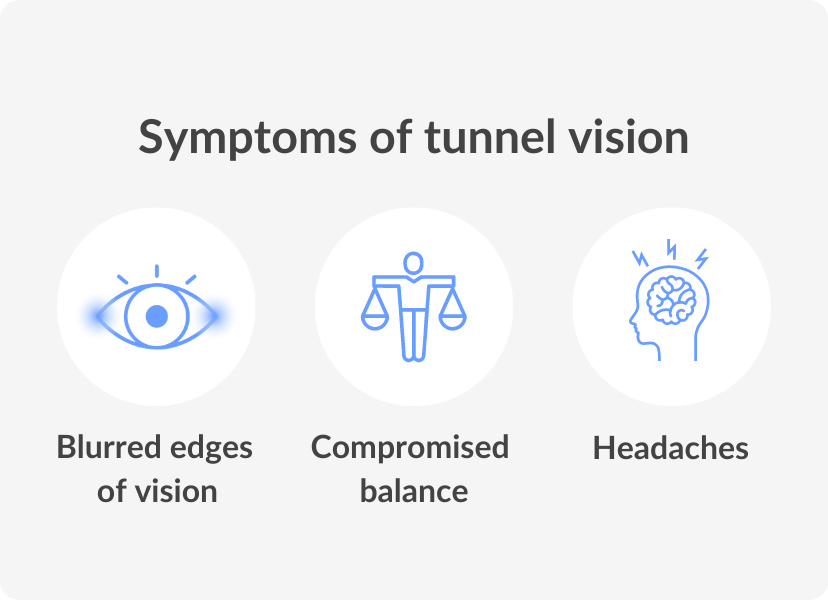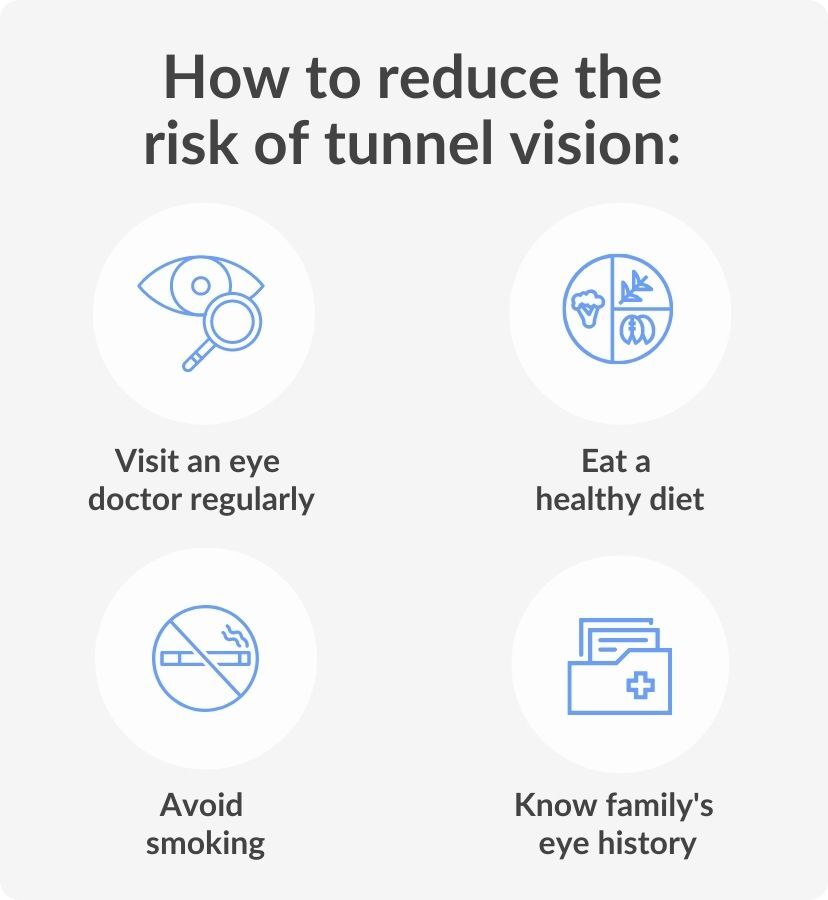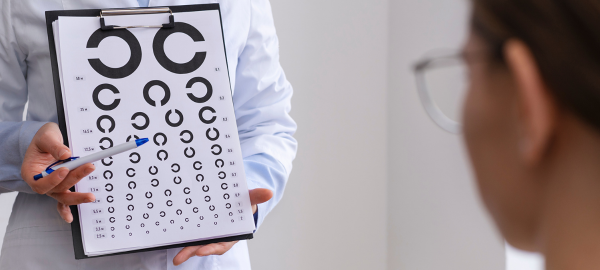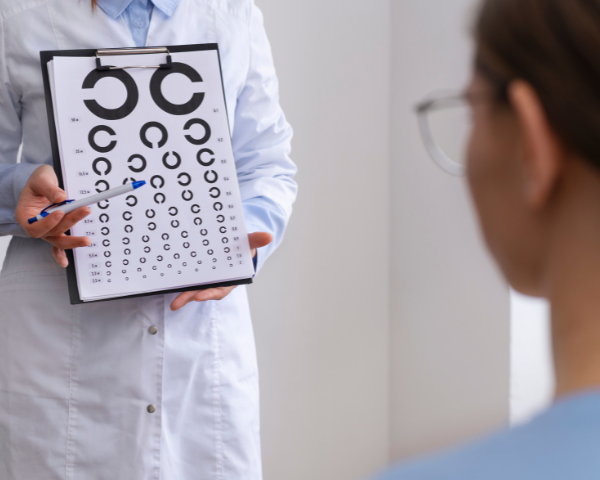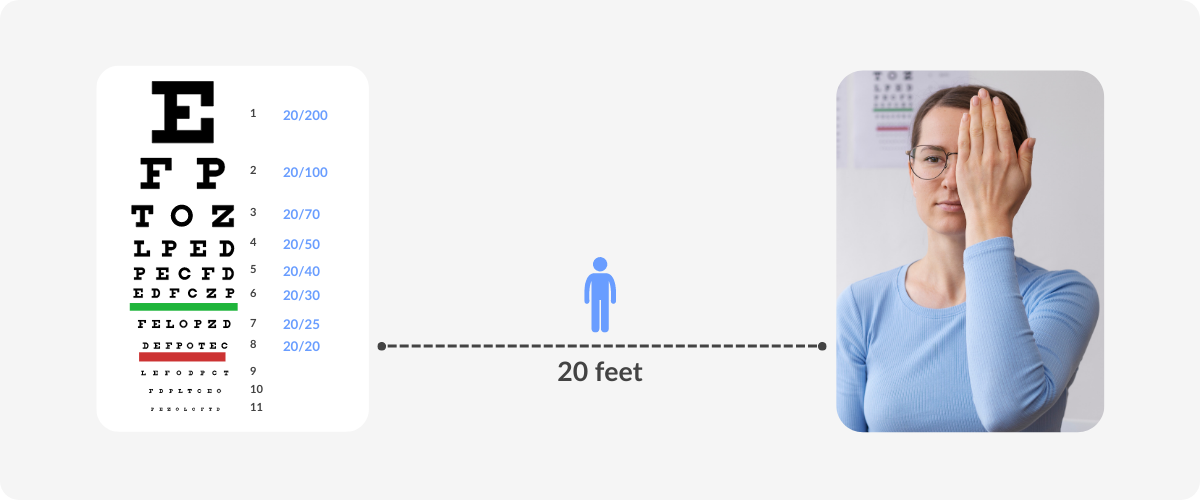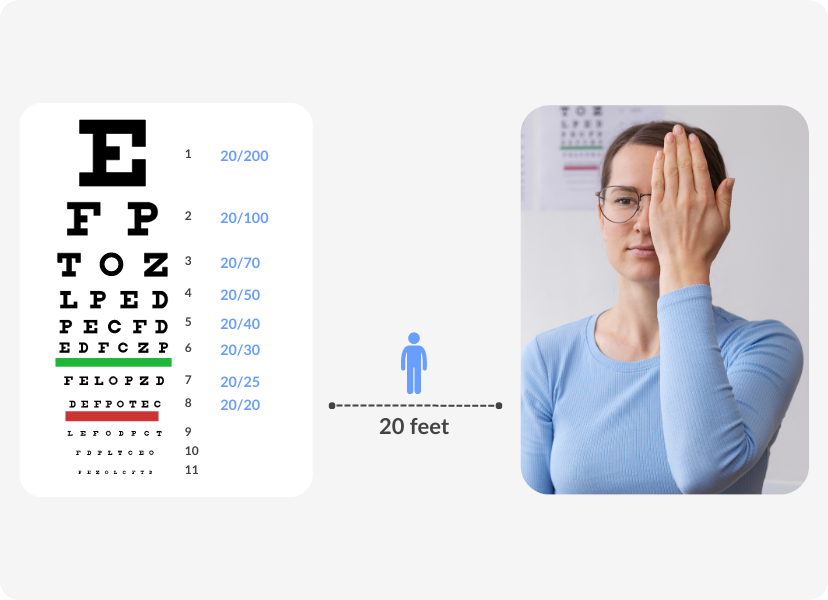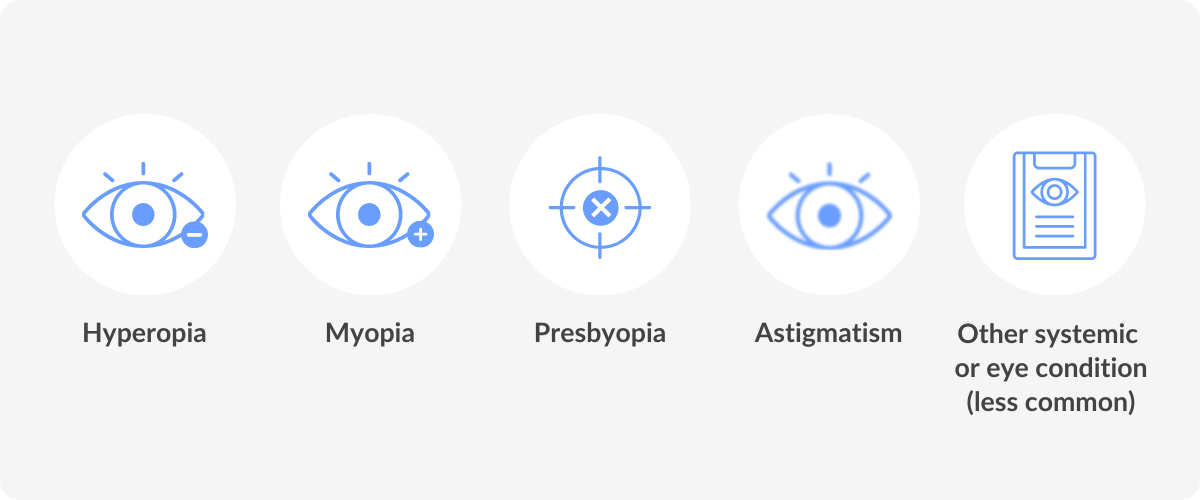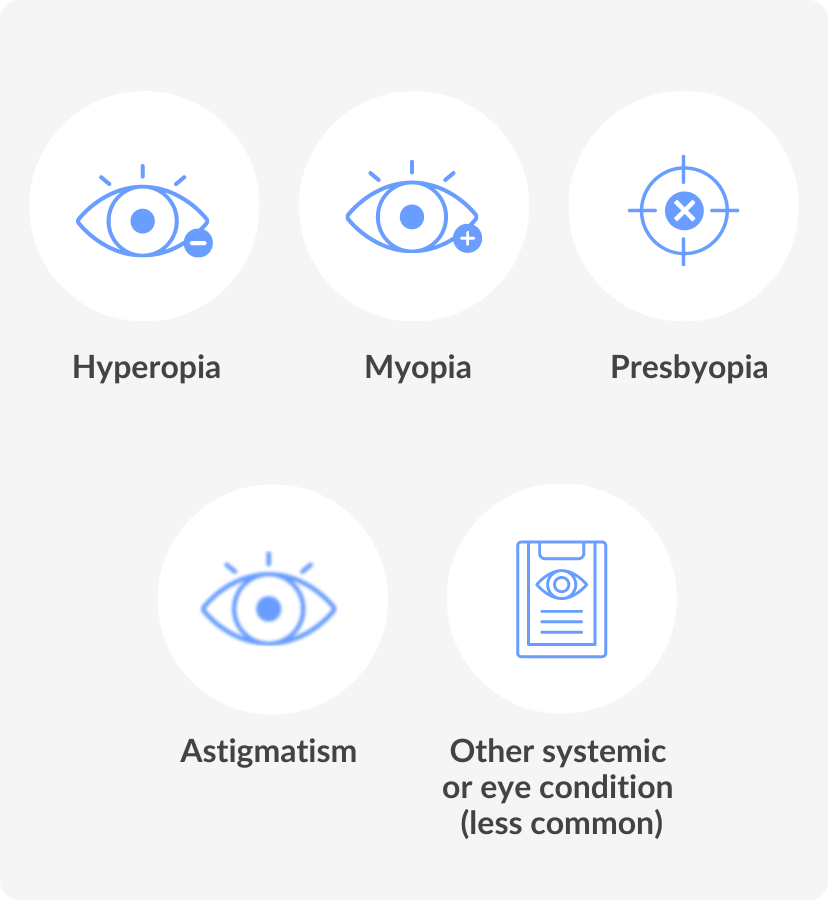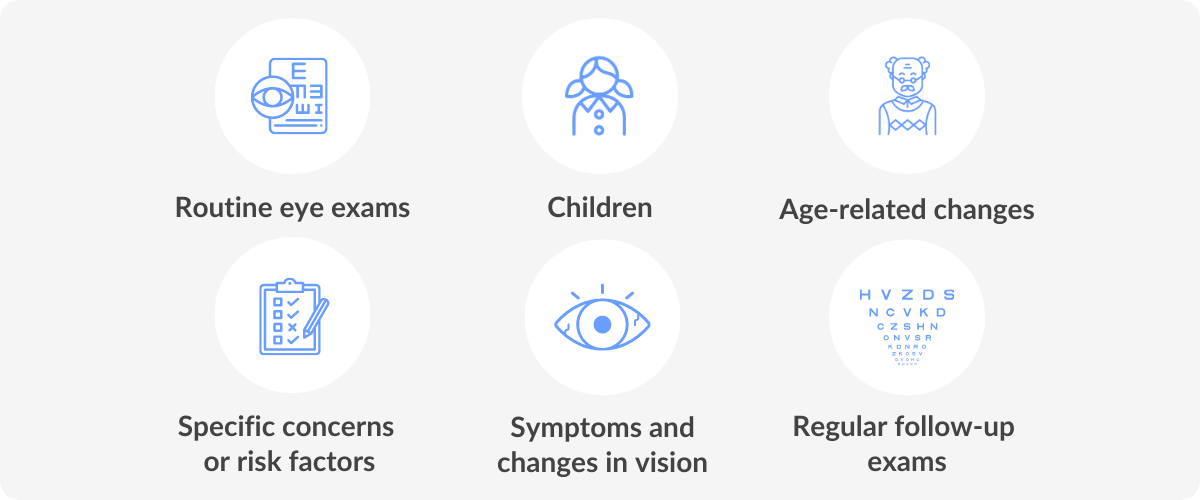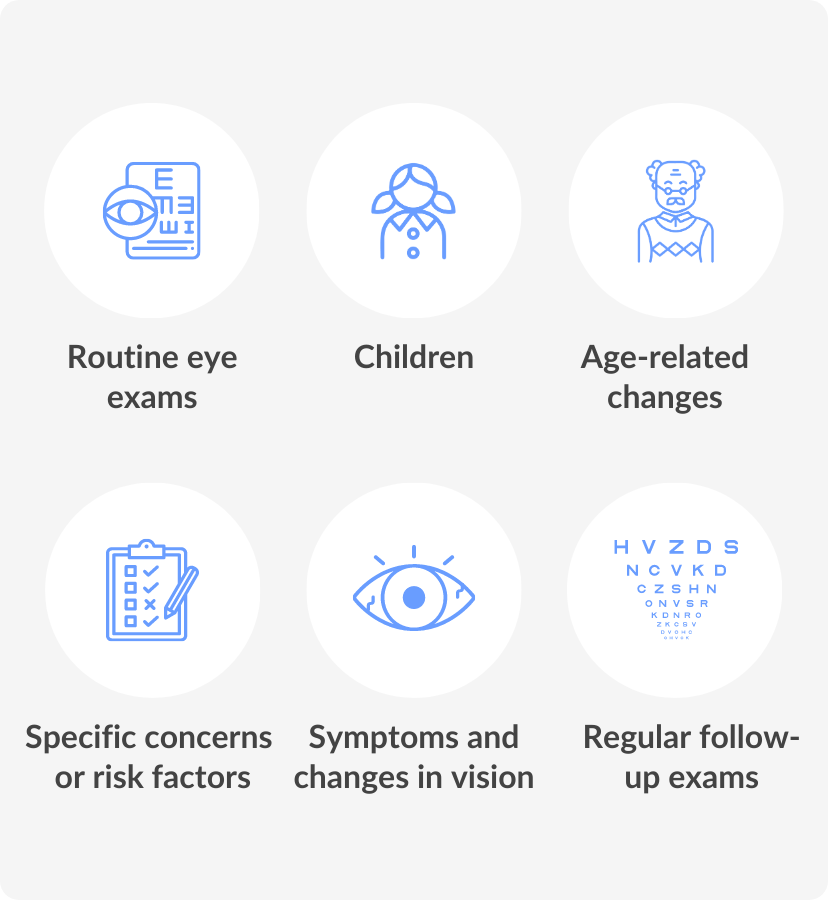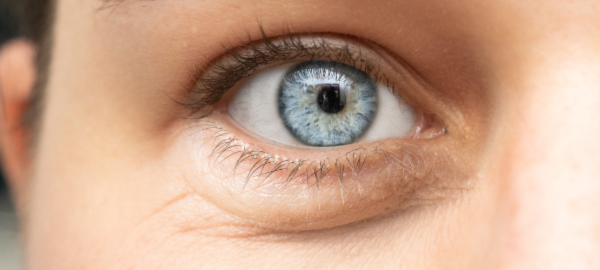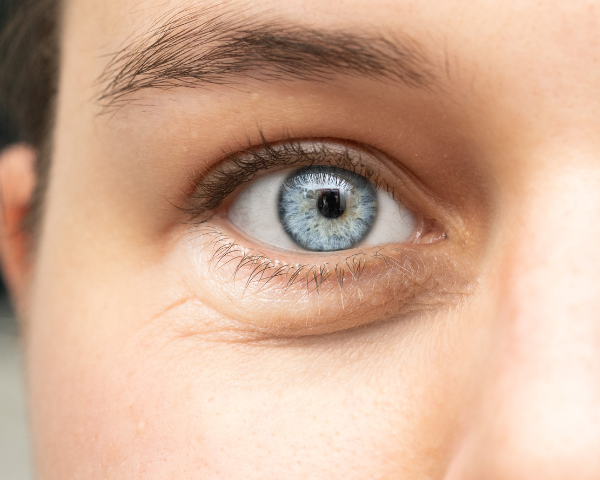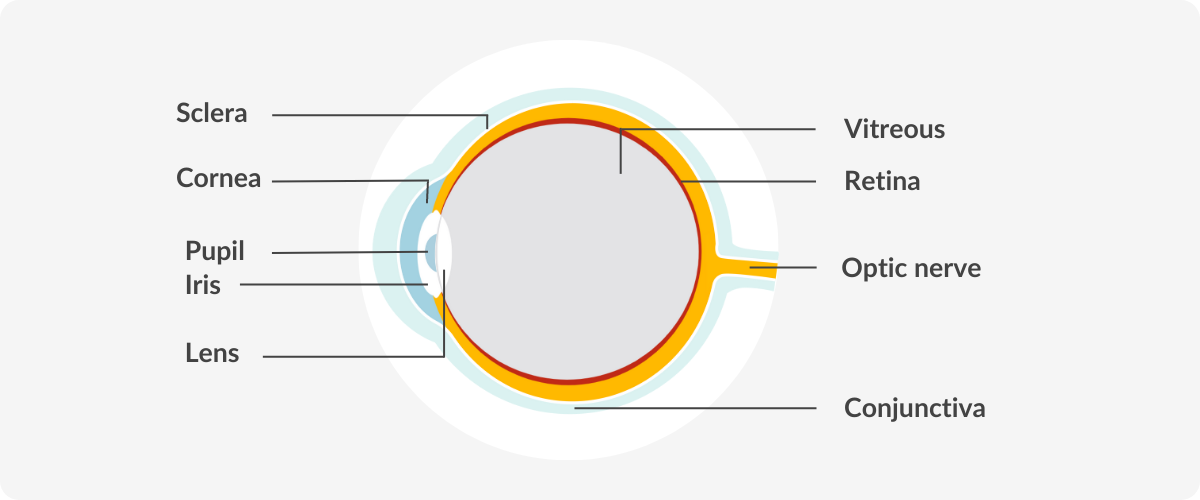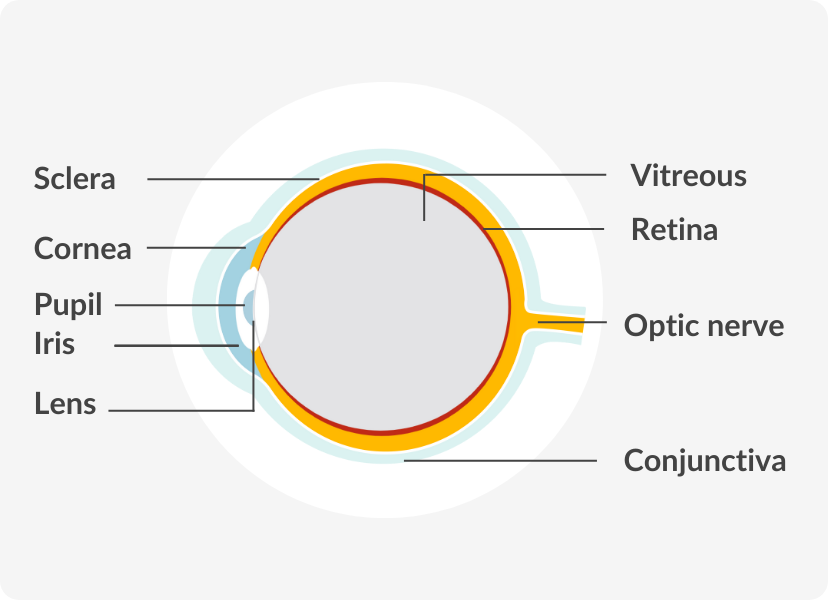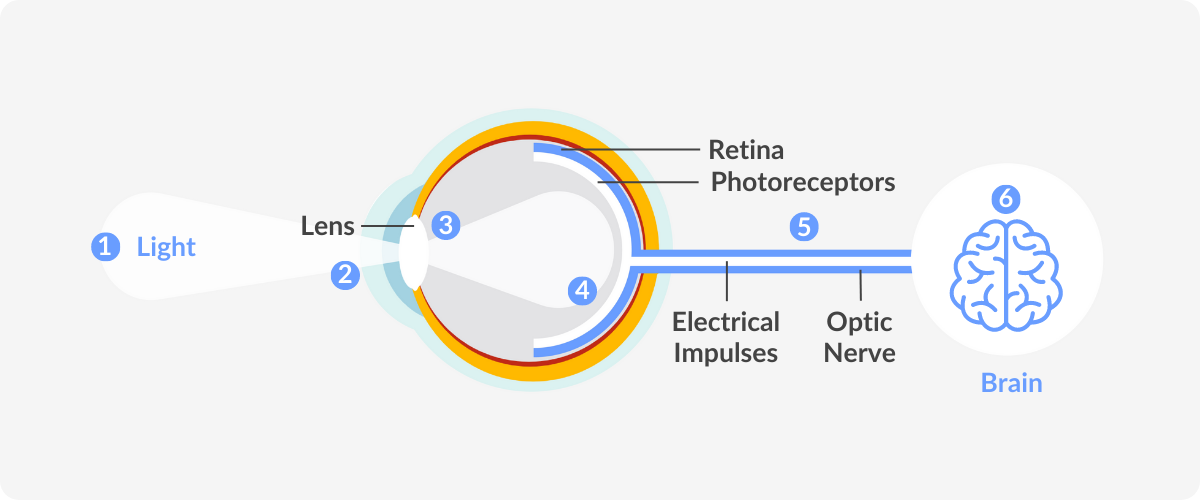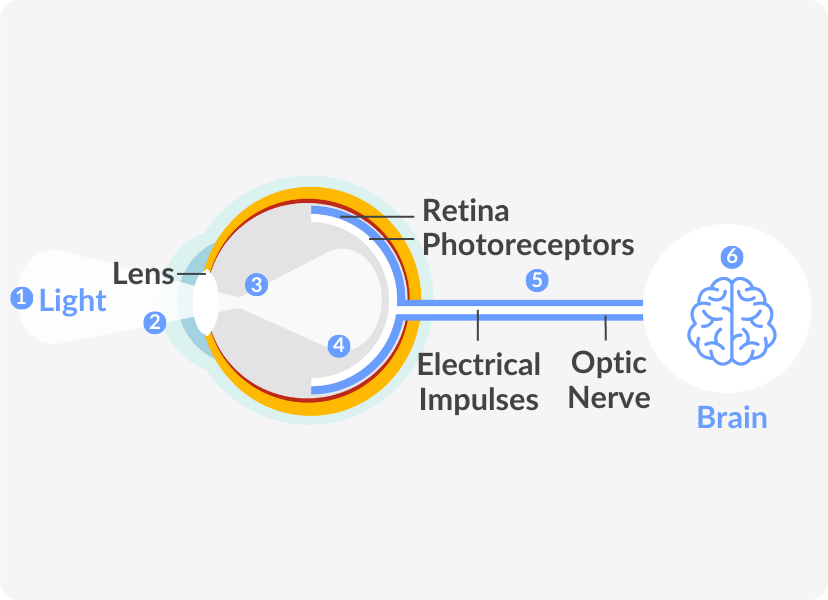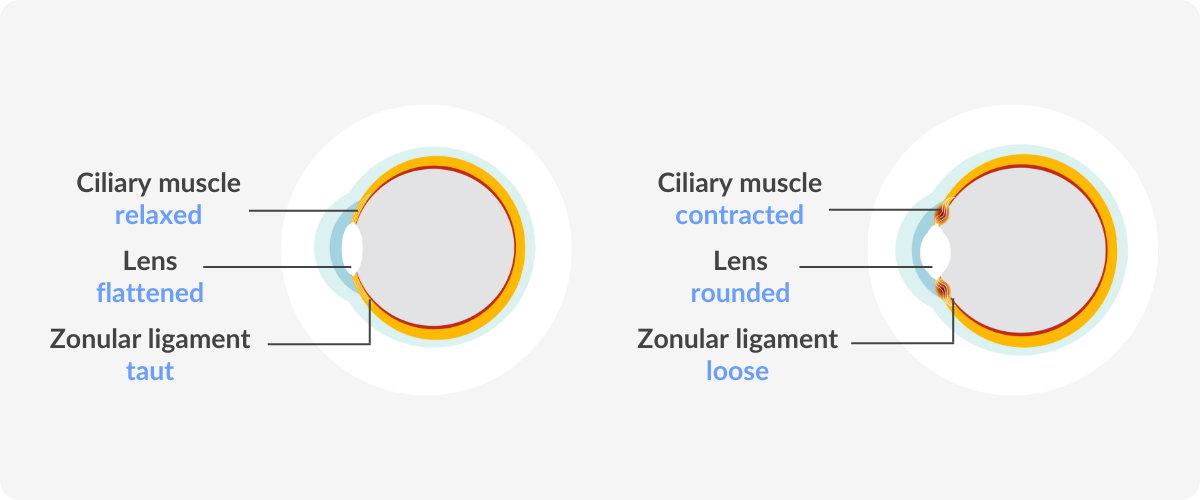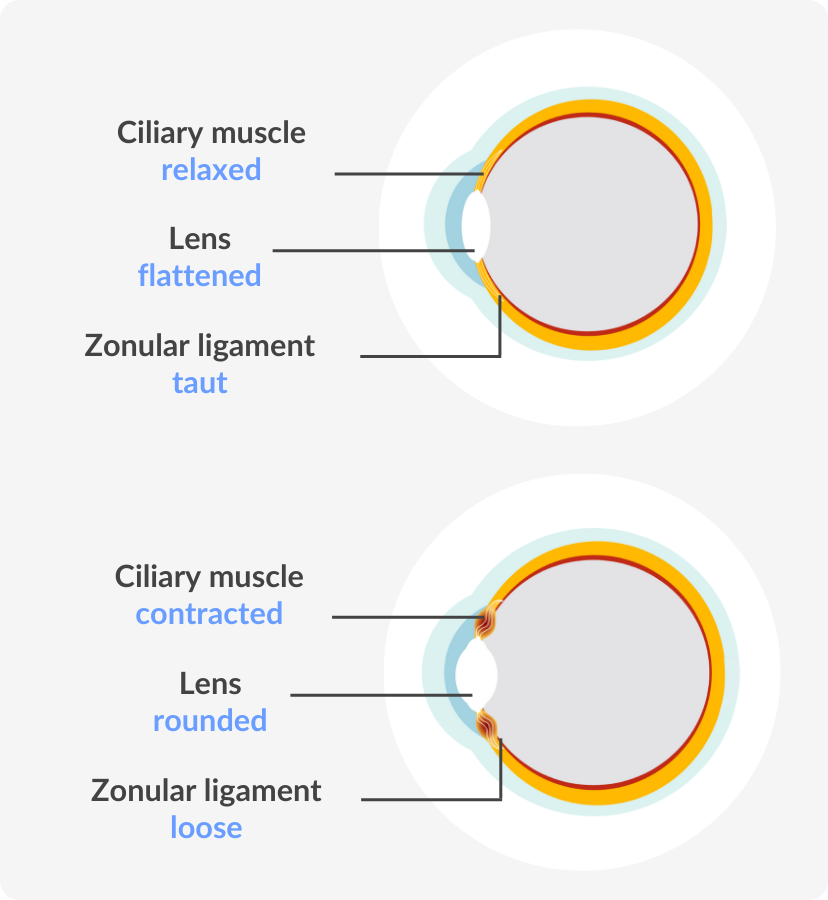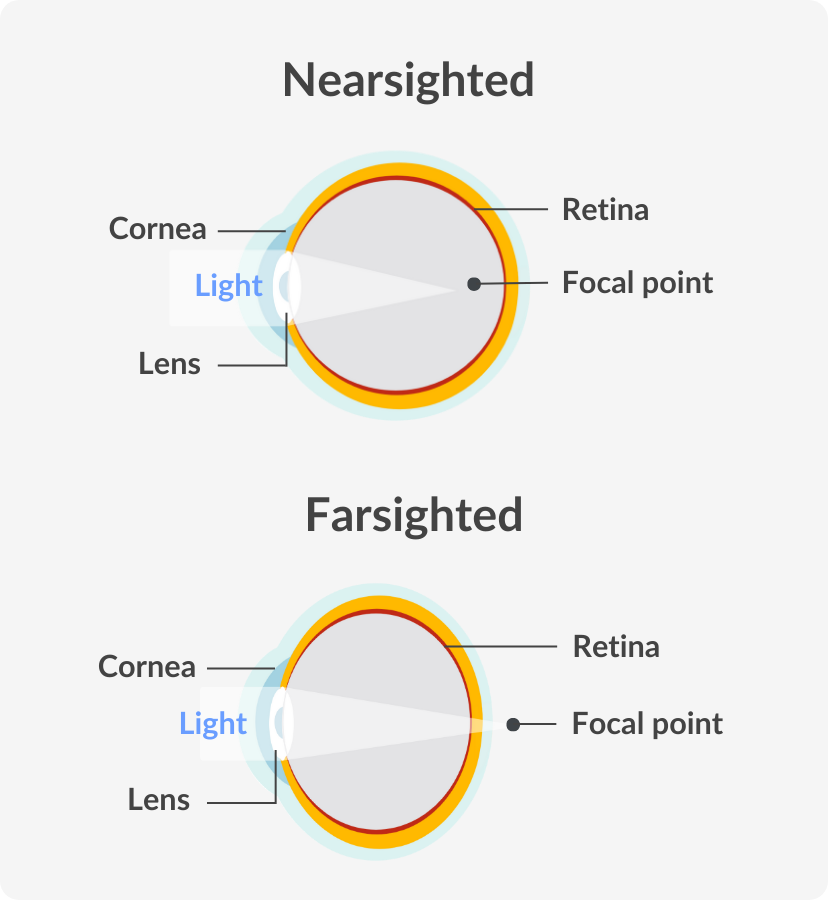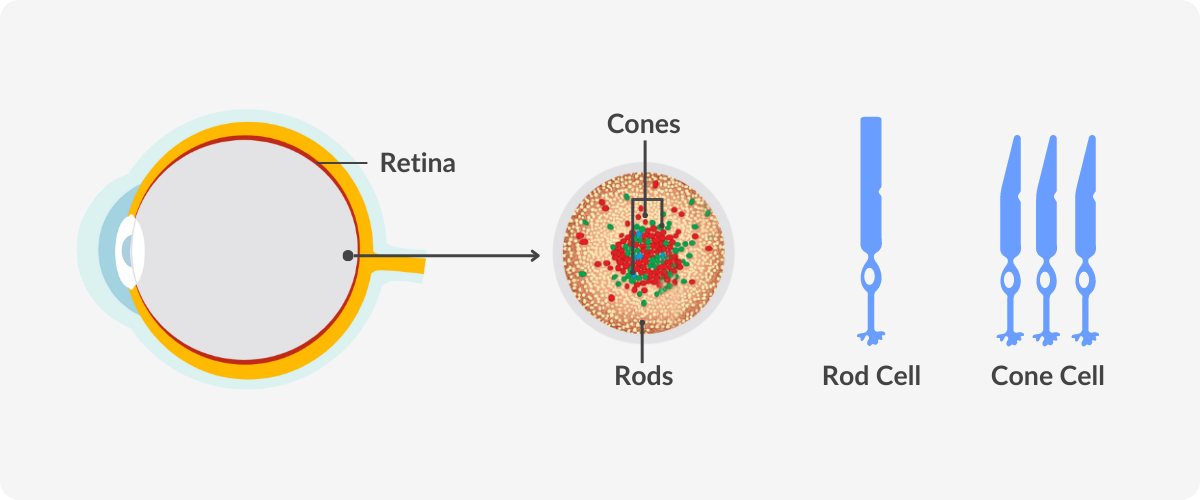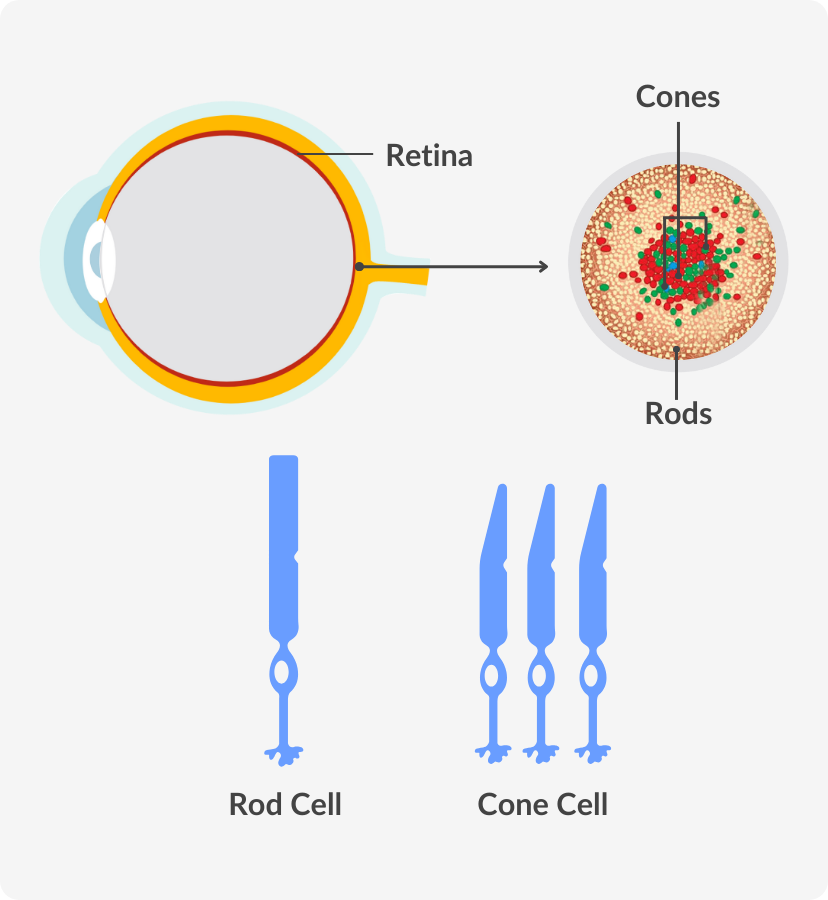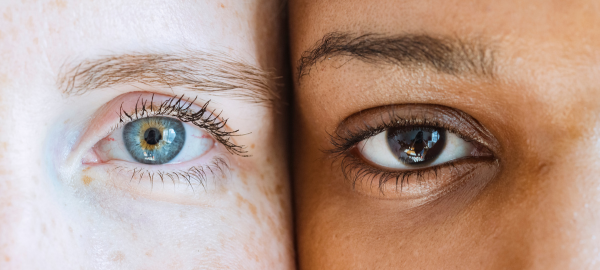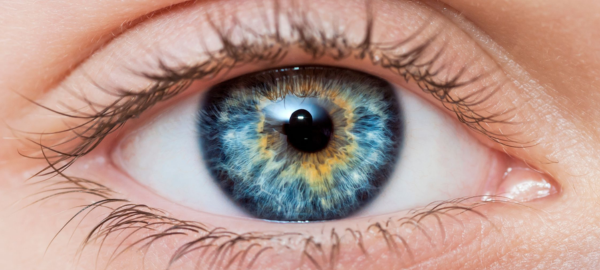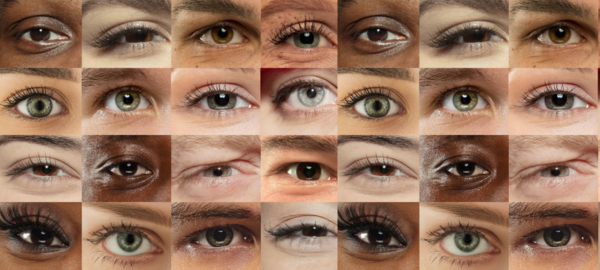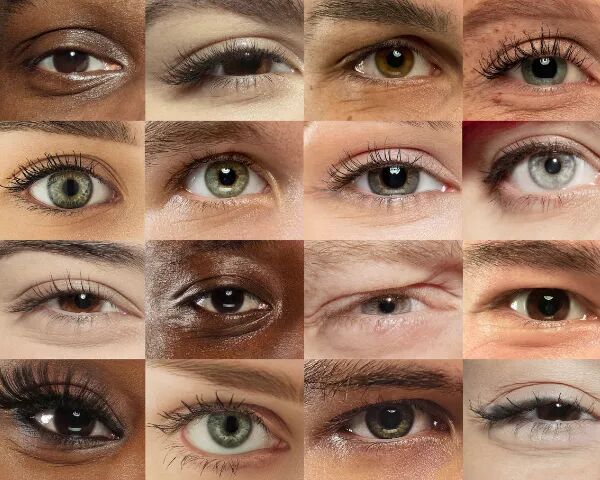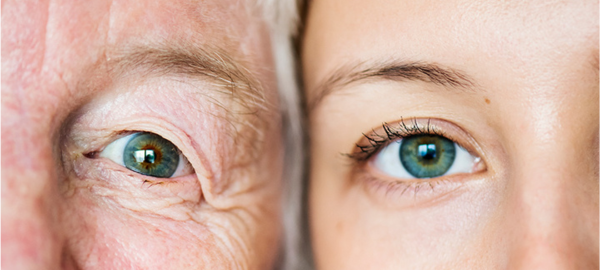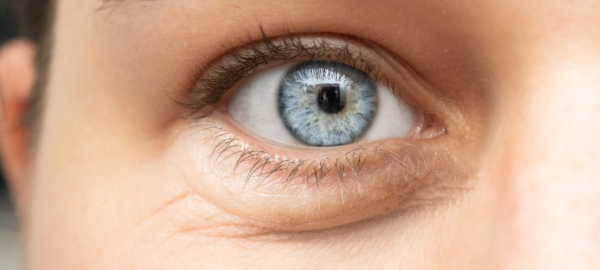
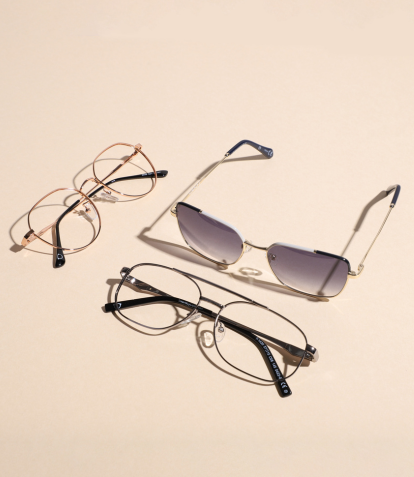
Top 5 Metal Frame Picks Right Now
When it comes to eyewear, glasses have transcended their practical purpose of improving vision, becoming a powerful way to make a fashion statement or express yourself. Among the myriad of styles and materials available, metal frames have been making a resounding comeback.
From classic pilot styles to sleek, modern designs, metal frames are experiencing a resurgence in popularity. Simple, elegant, and comfortable, they are lightweight and low-maintenance, making them perfect whether you require vision correction or just want a fun frame to accessorize with.
Looking for durable, everyday glasses? Compared to plastic frames, metal eyeglass frames are less prone to wear and tear, which makes them an excellent long-term investment and addition to your collection.
We’ve curated a list of the top five best metal frame glasses from our latest collections and best-sellers. Different styles fit different facial features, so use our face shape guide to help you find your perfect pair of metal frame eyeglasses.
Classic round metal glasses frames
Round metal frames should be a staple in everyone’s eyewear collection. Universally flattering, their simple design makes them a perfect match for almost every face shape. Round metal frames mix a vintage, retro vibe with a contemporary edge.
Want to appear intellectual or conjure the nostalgia of the 1960s? Opt for these Tom Ford round metal glasses available in matte black or blue. These frames offer a classic style perfect for wherever the day takes you. They are also available with blue light-blocking lenses so that you can use them for work or leisure.
Rimless designer metal frames
For a barely-there look, rimless metal frames are the way to go. They’re modern, minimalistic, and discreet. With no visible frame, they create an illusion of floating lenses. It’s time to lose the bulky frame and try a lightweight rimless pair.
If you’re looking for frames that you can wear whether you’re attending a formal event, heading to the office, or hanging with friends, these Gucci rimless metal frames seamlessly adapt to any occasion. Their understated design doesn’t distract from your overall look but complements it, truly highlighting that less is more.
Vintage metal pilot frames
No frame shape is as iconic as pilot-style frames. Popular for both sunglasses and eyeglasses, they are recognized by their teardrop shape, double bridge, and slim metal construction. This classic design remains as popular today as it was decades ago.
For a confident look, these Ray-Ban frames feature clean lines and are effortlessly cool. From casual jeans and a t-shirt to a sharp suit or a chic summer dress, there’s no stopping these frames from upgrading your outfit. With so much diversity in how you can wear them, they’re a wardrobe staple that transition with you from day to night and season to season.
Geometric gold metal frame glasses
Geometric frames are unique, often featuring angular or unconventional outlines, setting them apart from traditional eyewear. Combined with the use of a luxurious gold metal, they act like an accessory akin to sleek gold hoops.
The Bibeth frames from the SmartBuy collection embody the modern trend toward bold eyewear. They are a canvas for artistic expression and perfect if you want to make a statement. They offer a unique opportunity to show off your individuality and creativity.
Two-tone metal frames
Two-tone frames blend two different finishes, creating a captivating visual contrast that adds depth and character to your eyeglasses. Whether it’s a combination of gold and silver, matte and glossy, or any other variation, they are designed to draw attention to your eyes.
These Ray-Ban two-tone metal frames are a striking choice for those who crave eyewear that goes beyond the ordinary. Gone are the days of boring eyewear, these frames come in various color combinations so you can add a little flair to your look.
Try metal frames virtually
Want to see how you look in metal-framed glasses? Our Virtual Try-On tool allows you to try various metal eyeglasses in different shapes, colors, and styles. Now, you can easily find a pair that matches your personal style and see yourself wearing them before purchasing.
You can try everything from thin, fine frames to the bold ones you’ve been dreaming of without the need to visit a physical store. Once you’ve picked your favorite pair of frames, customize your lenses with your prescription, coatings, or add-ons. Soon you’ll be showing off your stylish new metal frames. Happy shopping!
Top 5 Metal Frame Picks Right Now
When it comes to eyewear, glasses have transcended their practical purpose of improving vision, becoming a powerful way to make a fashion statement or express yourself.
Among the myriad of styles and materials available, metal frames have been making a resounding comeback. From classic pilot styles to sleek, modern designs, metal frames are experiencing a resurgence in popularity.
Simple, elegant, and comfortable, they are lightweight and low-maintenance, making them perfect whether you require vision correction or just want a fun frame to accessorize with.
Looking for durable, everyday glasses? Compared to plastic frames, metal eyeglass frames are less prone to wear and tear, which makes them an excellent long-term investment and addition to your collection.
We’ve curated a list of the top five best metal frame glasses from our latest collections and best-sellers. Different styles fit different facial features, so use our face shape guide to help you find your perfect pair of metal frame eyeglasses.
Classic round metal glasses
Round metal frames should be a staple in everyone’s eyewear collection. Universally flattering, their simple design makes them a perfect match for almost every face shape.
Want to appear intellectual or conjure the nostalgia of the 1960s? Opt for these Tom Ford round metal glasses available in matte black or blue.
These frames offer a classic style perfect for wherever the day takes you. They are also available with blue light-blocking lenses so that you can use them for work or leisure.
Rimless designer metal frames
For a barely-there look, rimless metal frames are the way to go. They’re modern, minimalistic, and discreet.
With no visible frame, they create an illusion of floating lenses. It’s time to lose the bulky frame and try a lightweight rimless pair.
If you’re looking for frames that you can wear whether you’re attending a formal event, heading to the office, or hanging with friends, these Gucci rimless metal frames seamlessly adapt to any occasion.
Their understated design doesn’t distract from your overall look but complements it, truly highlighting that less is more.
Vintage metal pilot frames
No frame shape is as iconic as pilot-style frames. Popular for both sunglasses and eyeglasses, they are recognized by their teardrop shape, double bridge, and slim metal construction.
For a confident look, these Ray-Ban frames feature clean lines and are effortlessly cool. From casual jeans and a t-shirt to a sharp suit or a chic summer dress, there’s no stopping these frames from upgrading your outfit.
With so much diversity in how you can wear them, they’re a wardrobe staple that transition with you from day to night and season to season.
Geometric gold metal glasses
Geometric frames are unique, often featuring angular or unconventional outlines, setting them apart from traditional eyewear.
Combined with the use of a luxurious gold metal, they act like an accessory akin to sleek gold hoops.
The Bibeth frames from the SmartBuy collection embody the modern trend toward bold eyewear. They are a canvas for artistic expression and perfect if you want to make a statement.
They offer a unique opportunity to show off your individuality and creativity.
Two-tone metal frames
Two-tone frames blend two different finishes, creating a captivating visual contrast that adds depth and character to your eyeglasses.
Whether it’s a combination of gold and silver, matte and glossy, or any other variation, they are designed to draw attention to your eyes.
These Ray-Ban two-tone metal frames are a striking choice for those who crave eyewear that goes beyond the ordinary.
Gone are the days of boring eyewear, these frames come in various color combinations so you can add a little flair to your look.
Try metal glasses virtually
Want to see how you look in metal-framed glasses? Our Virtual Try-On tool allows you to try various metal eyeglasses in different shapes, colors, and styles.
Now, you can easily find a pair that matches your personal style and see yourself wearing them before purchasing.
You can try everything from thin, fine frames to the bold ones you’ve been dreaming of without the need to visit a physical store.
Once you’ve picked your favorite pair of frames, customize your lenses with your prescription, coatings, or add-ons. Soon you’ll be showing off your stylish new metal frames. Happy shopping!







































